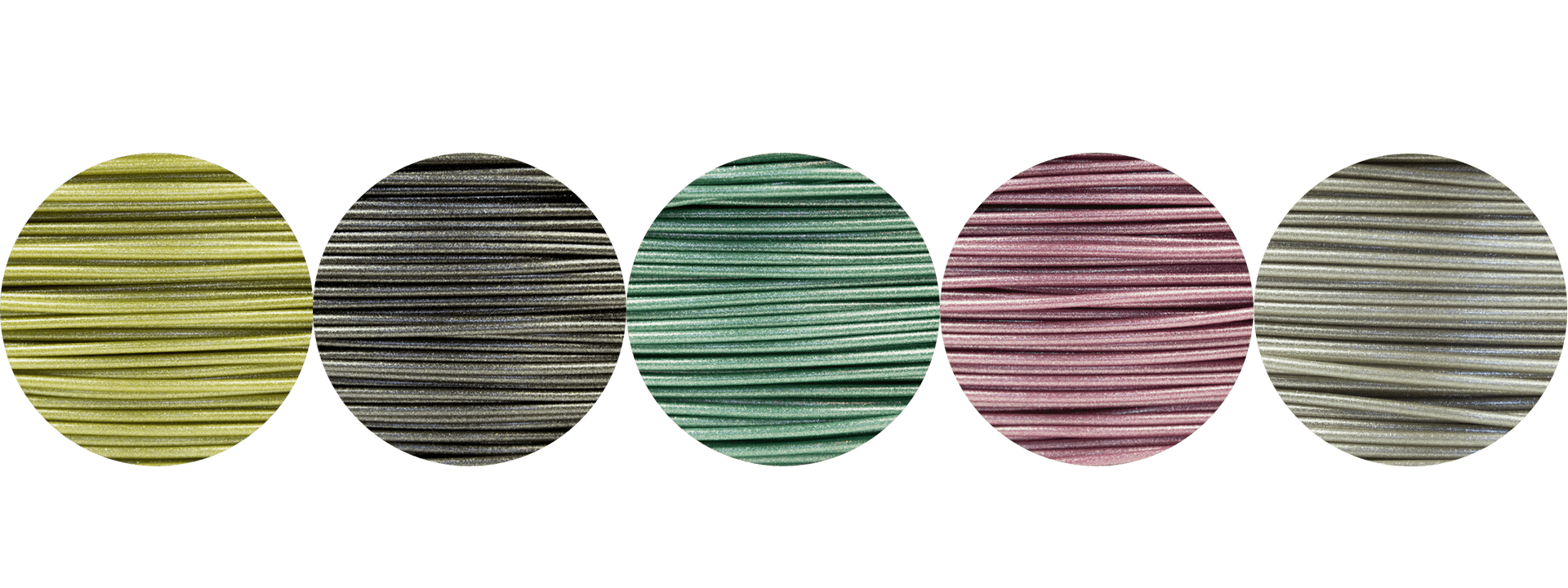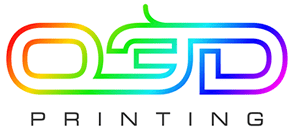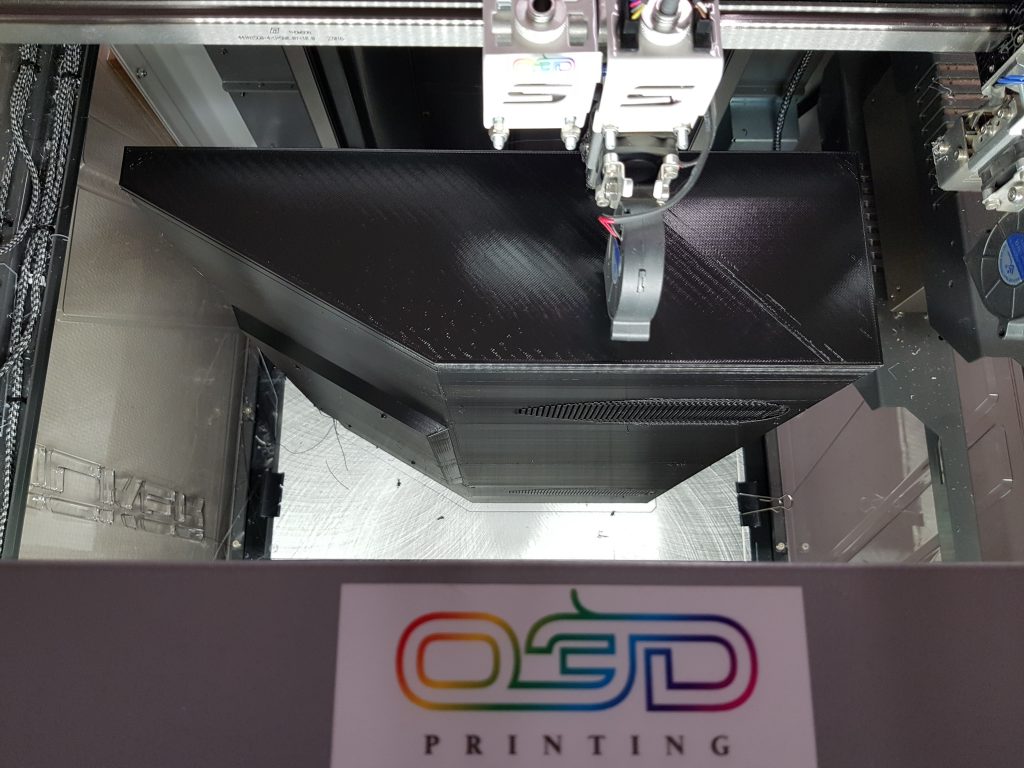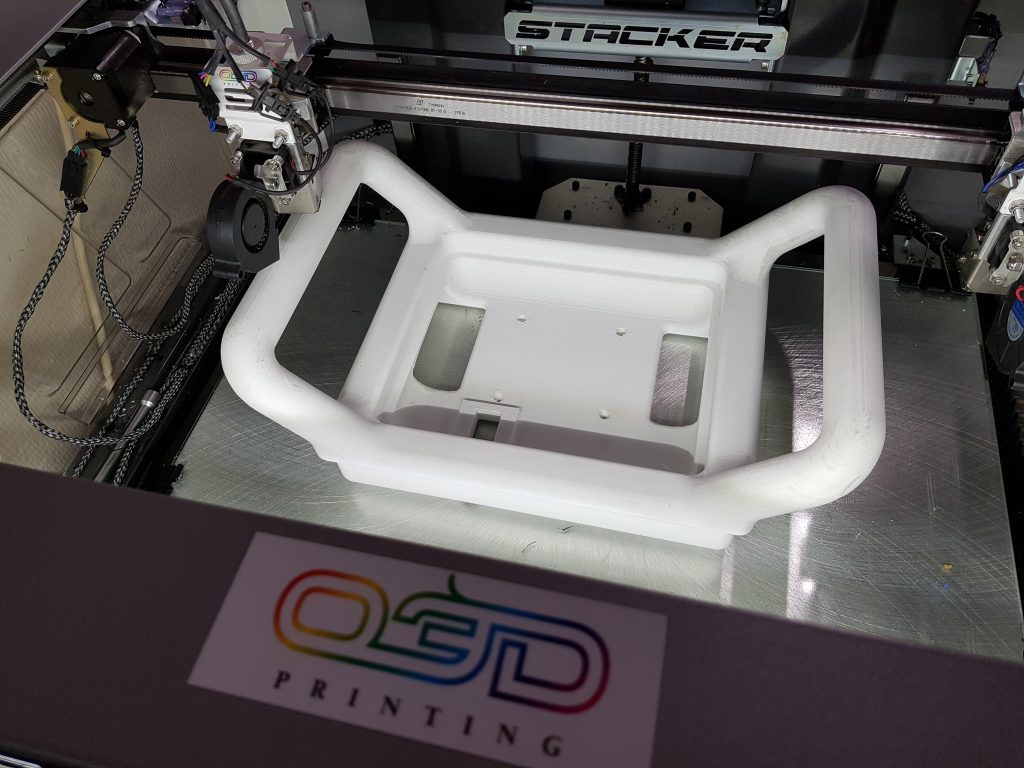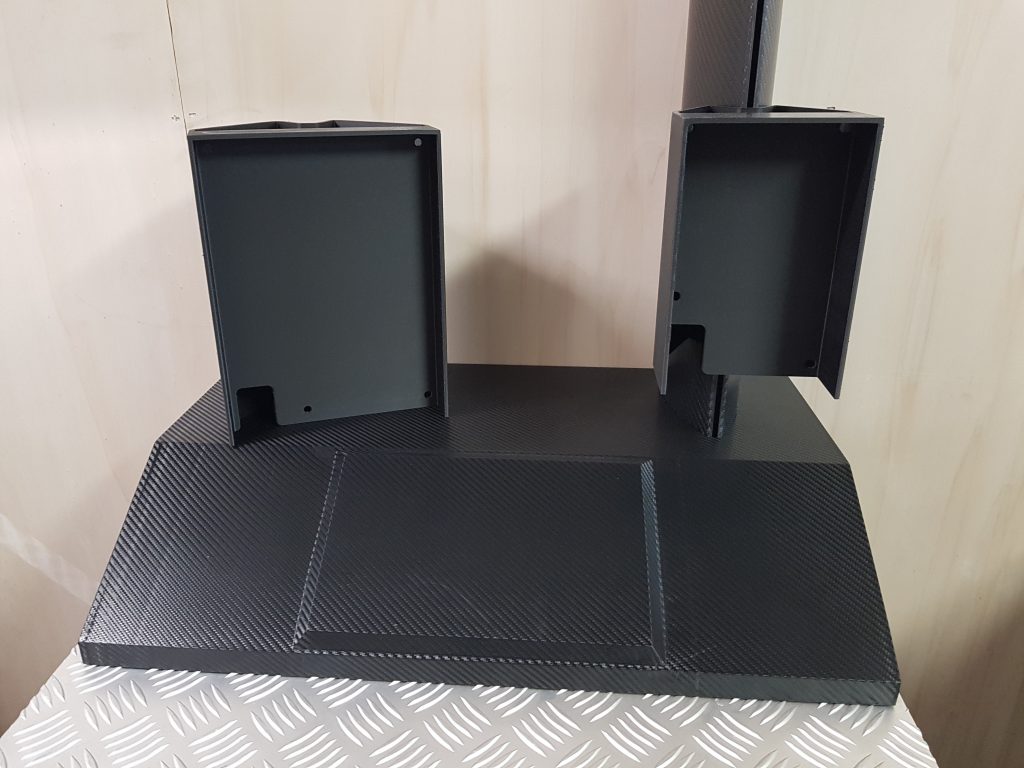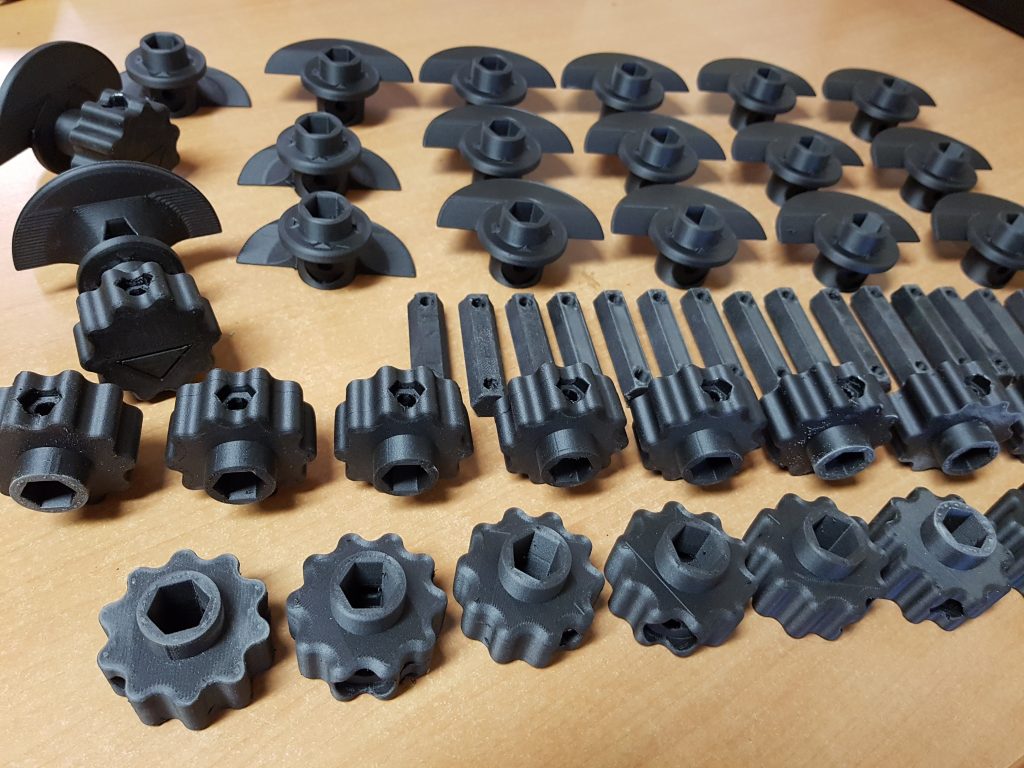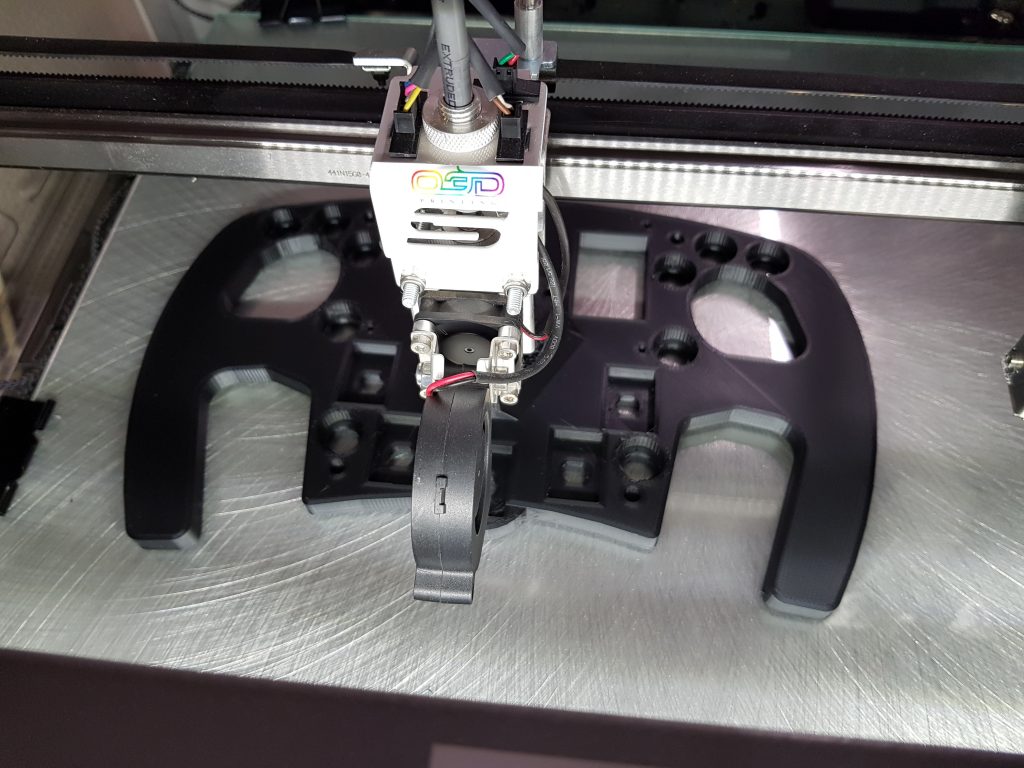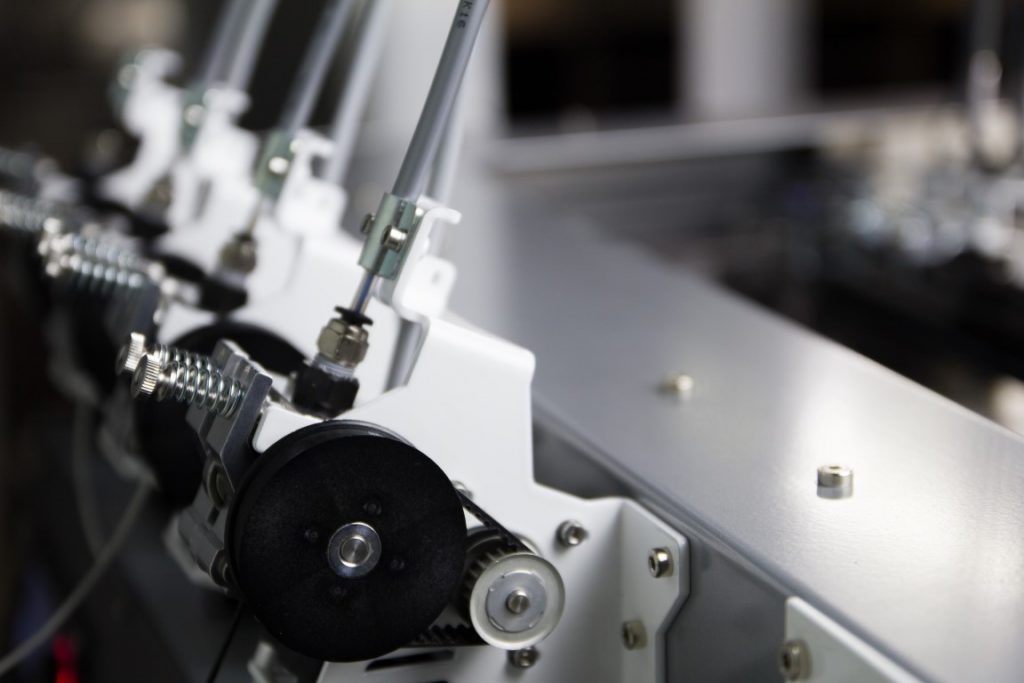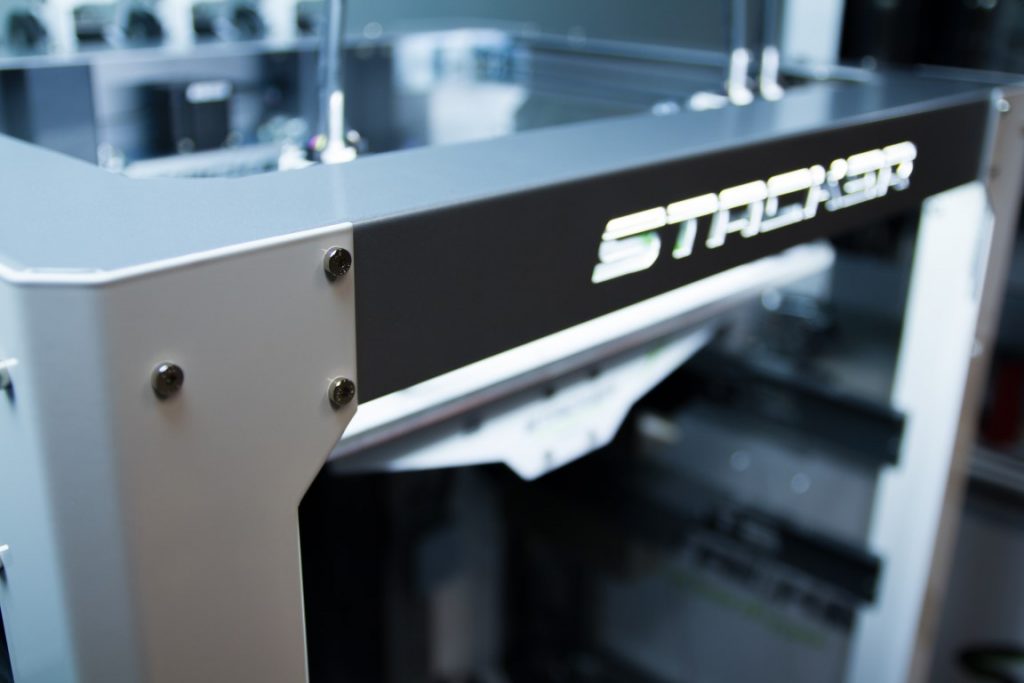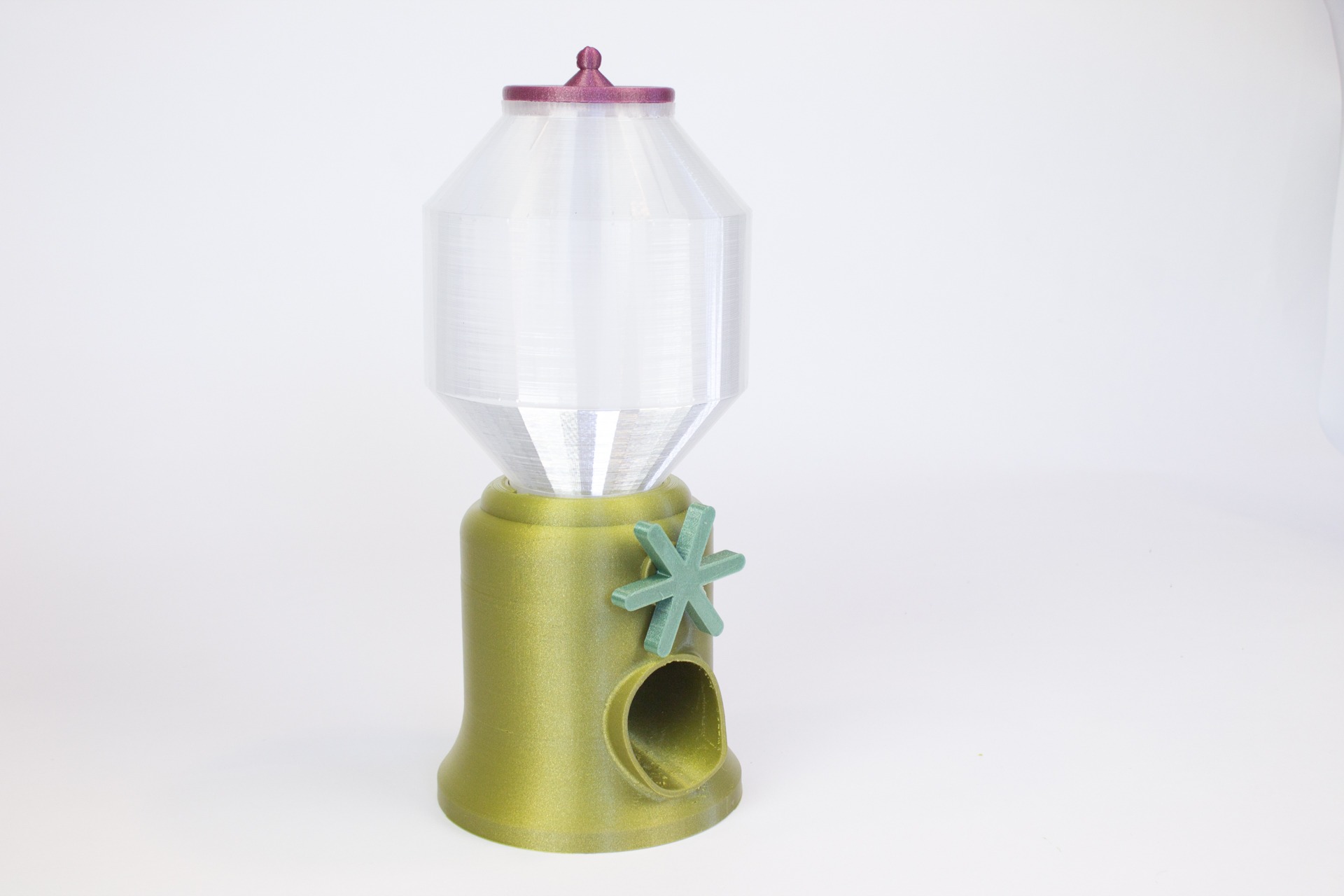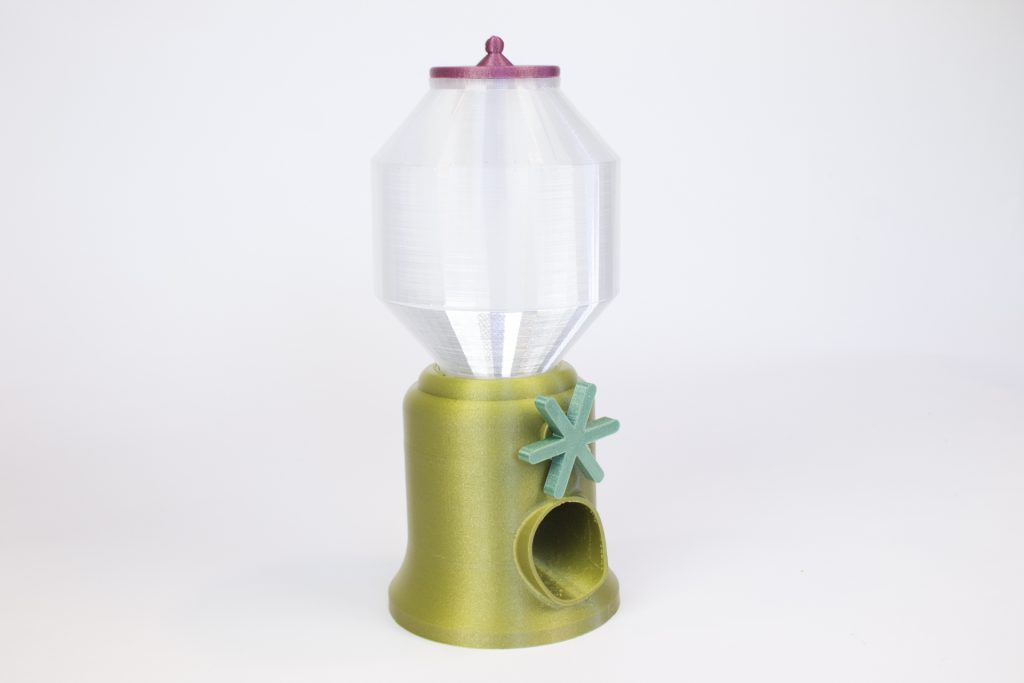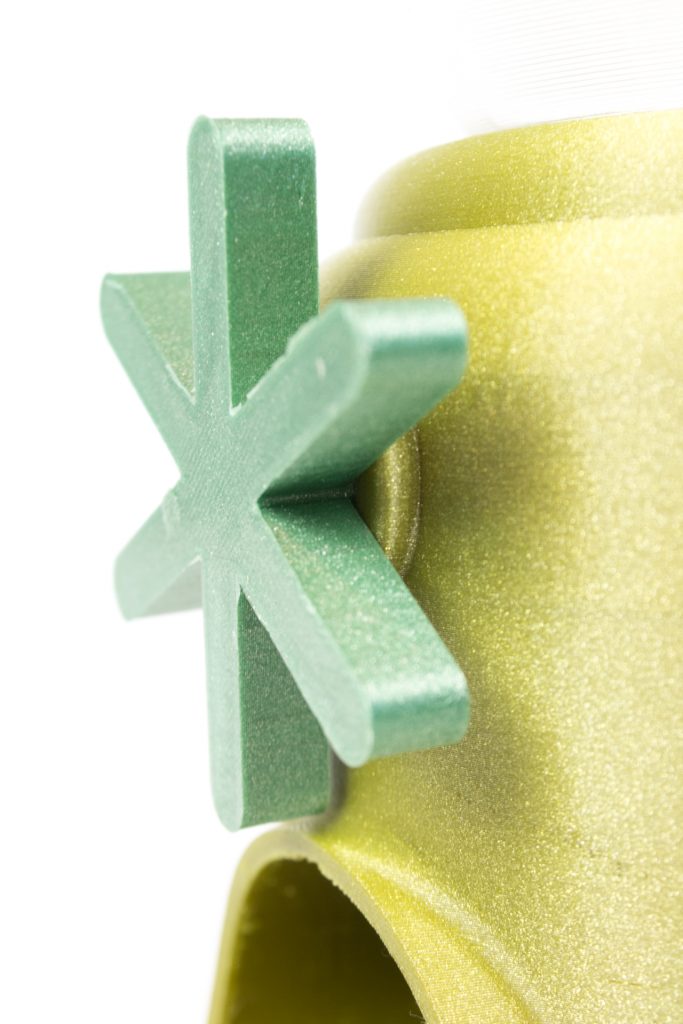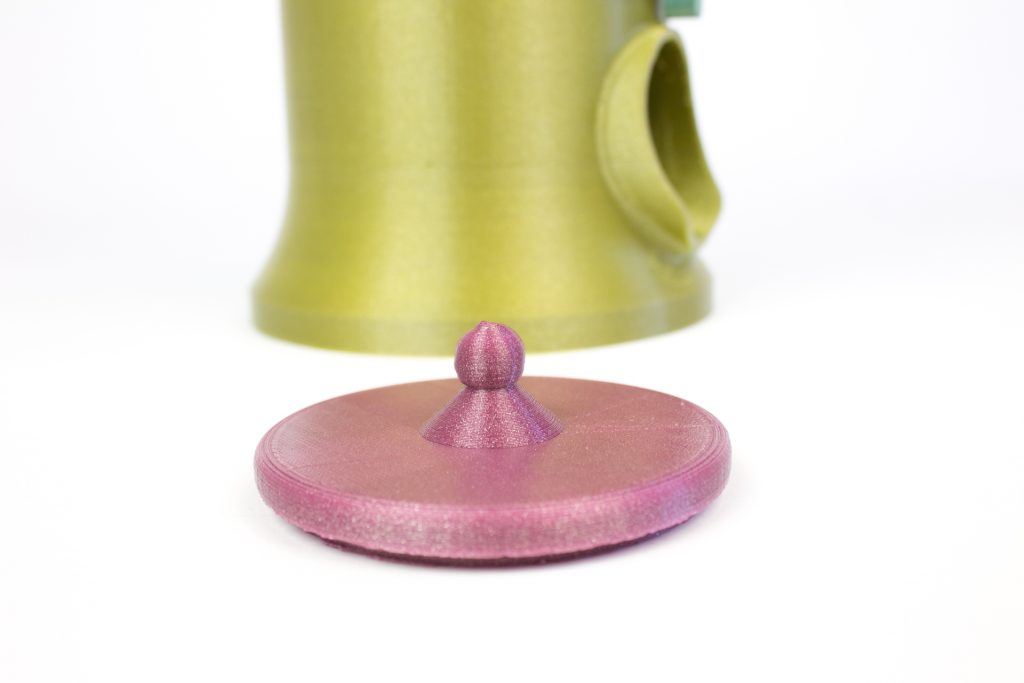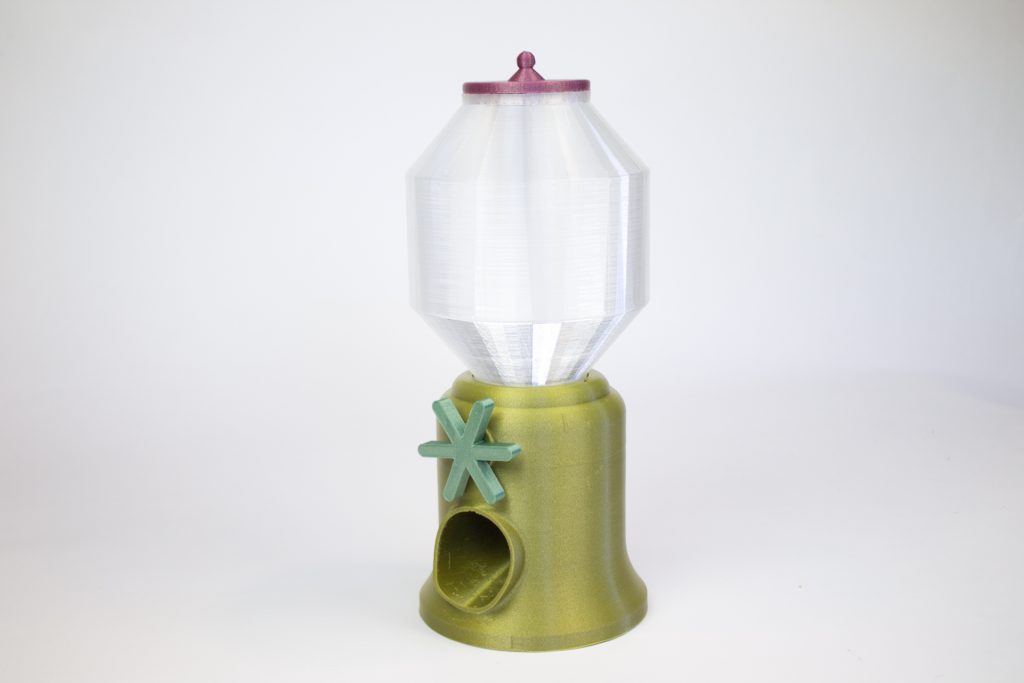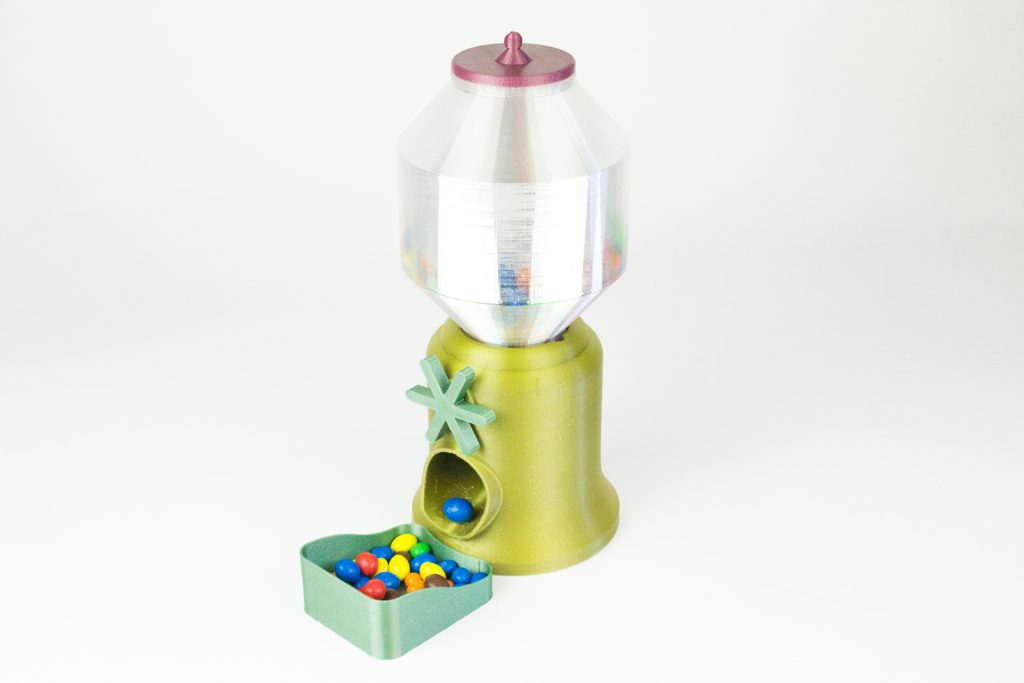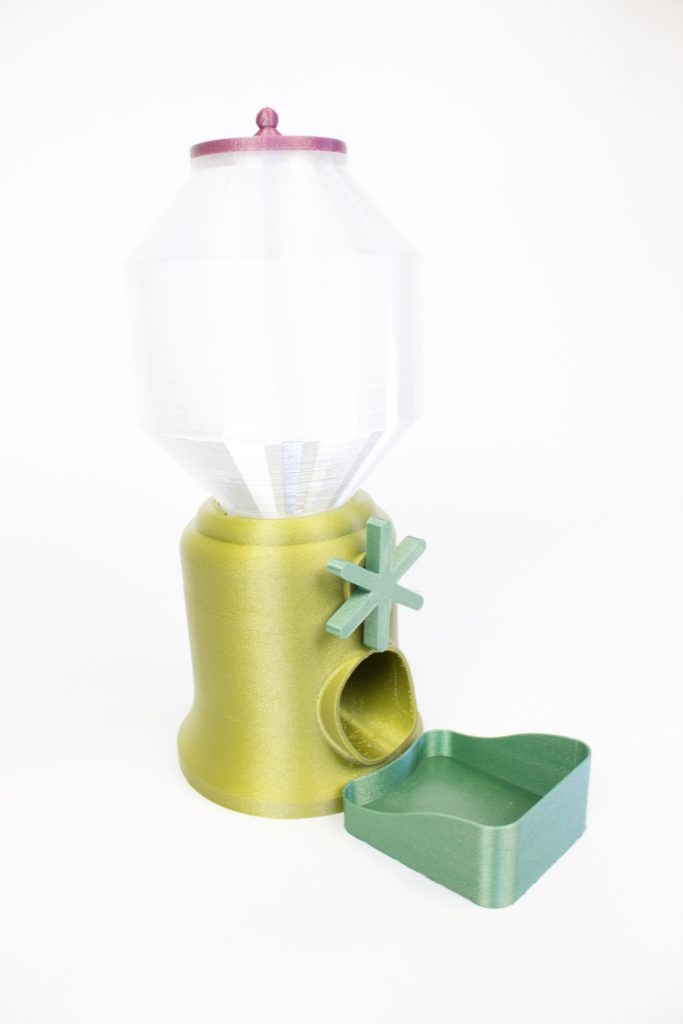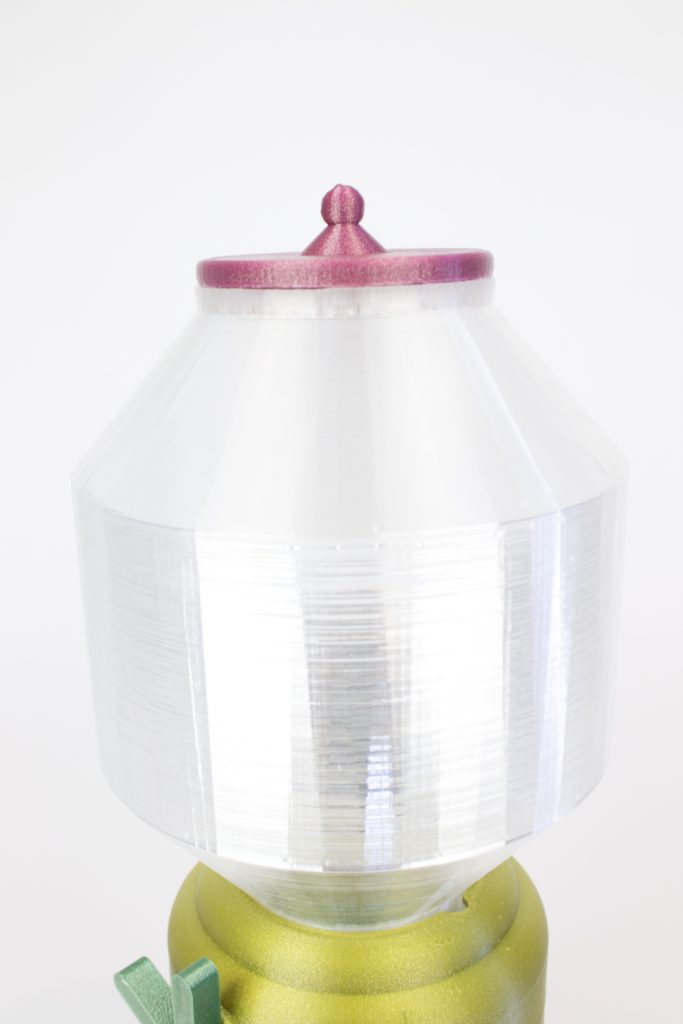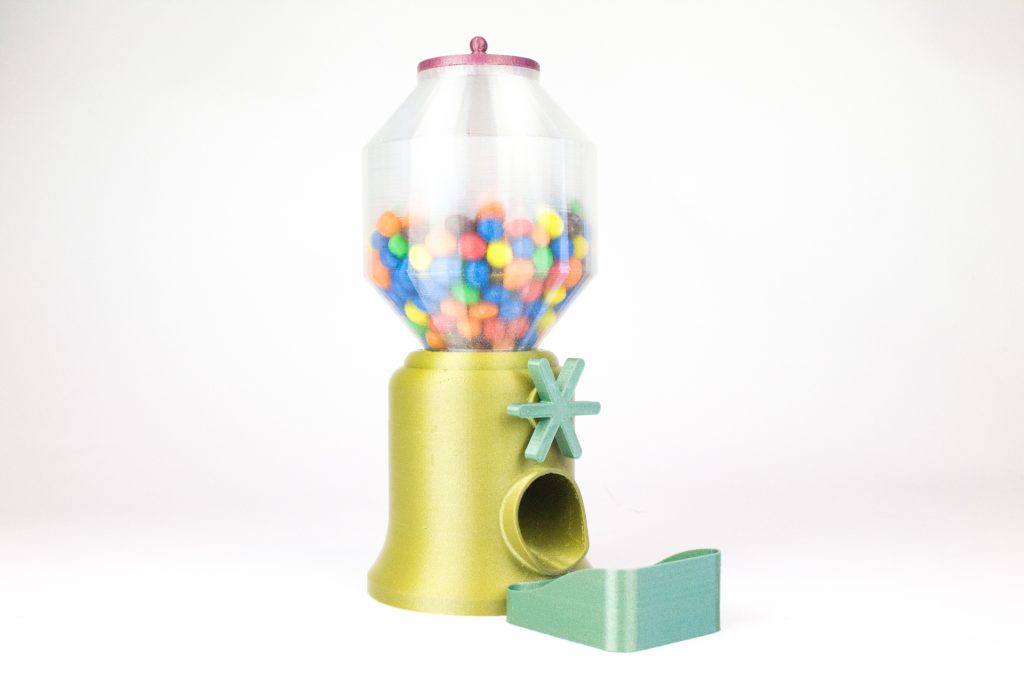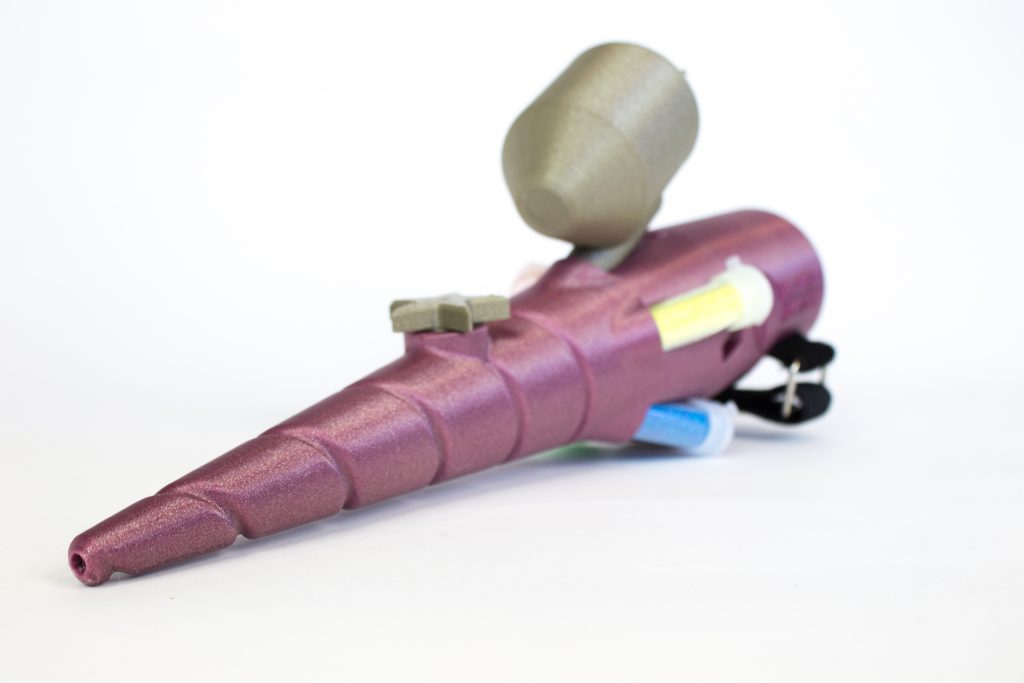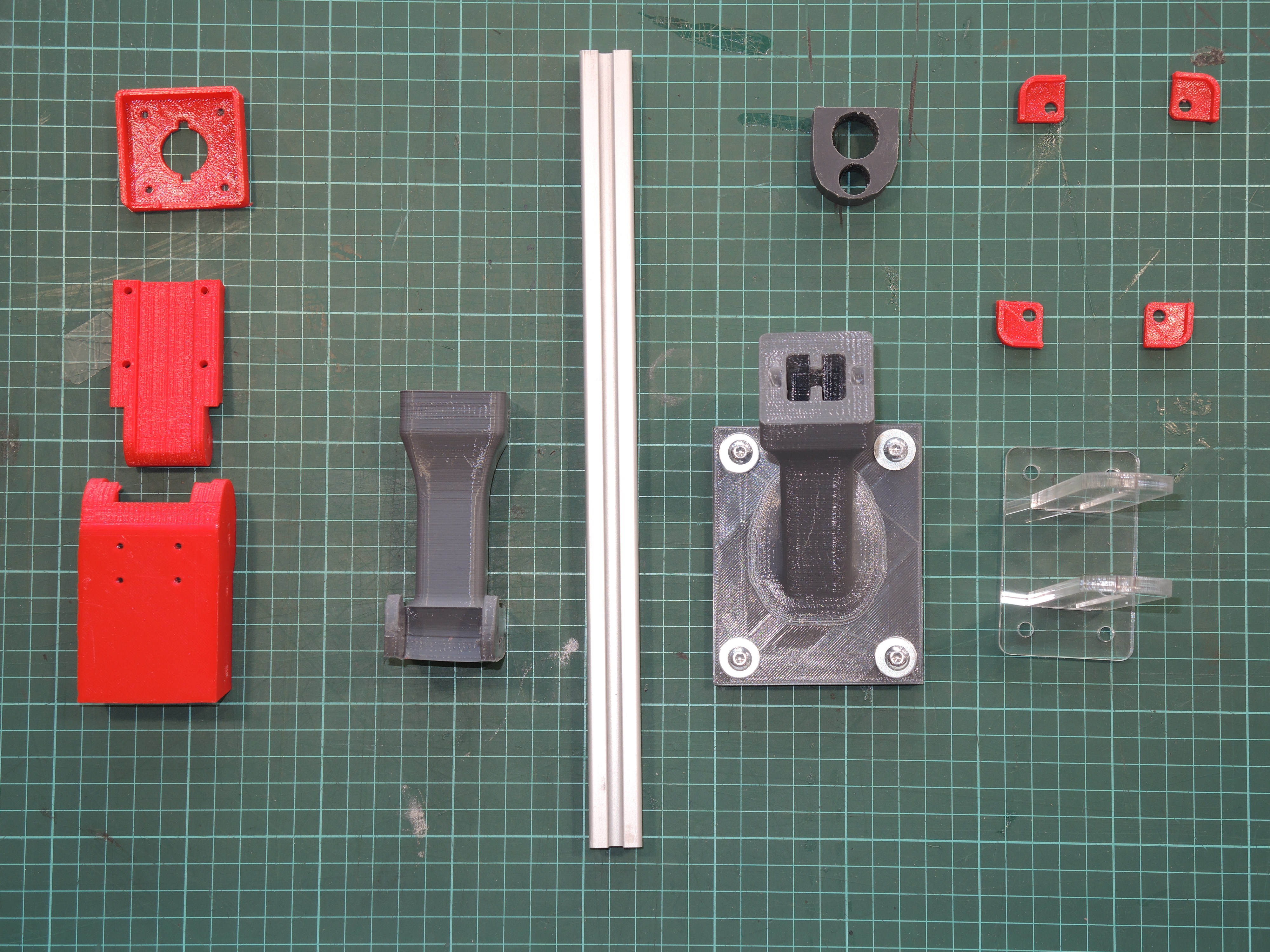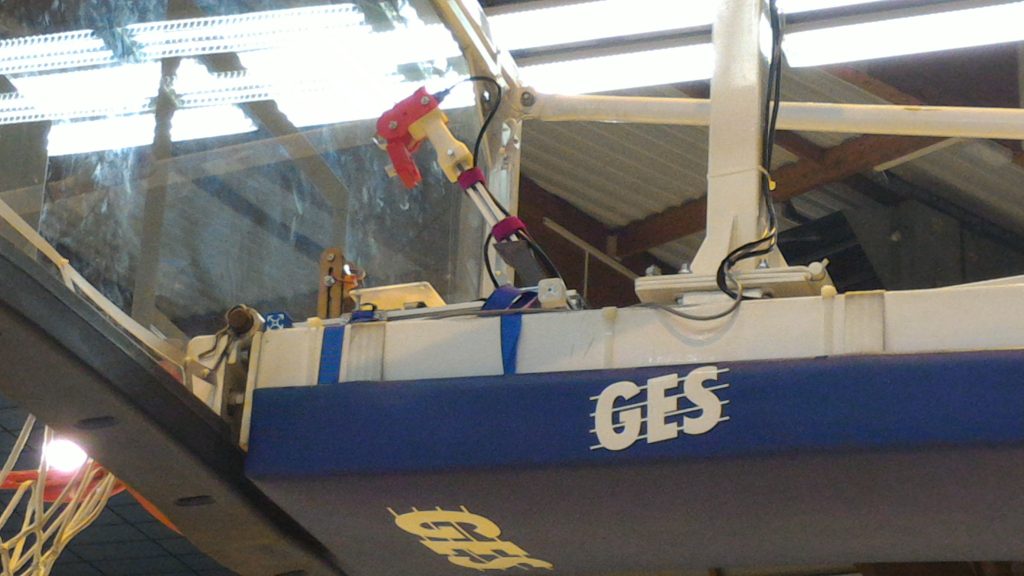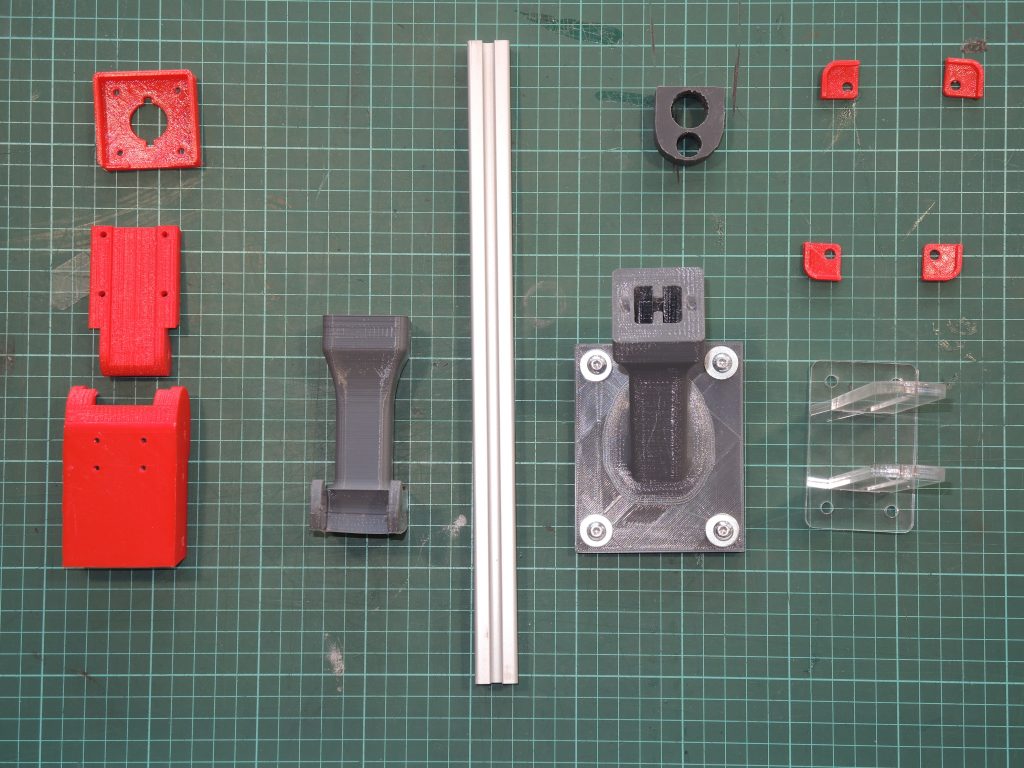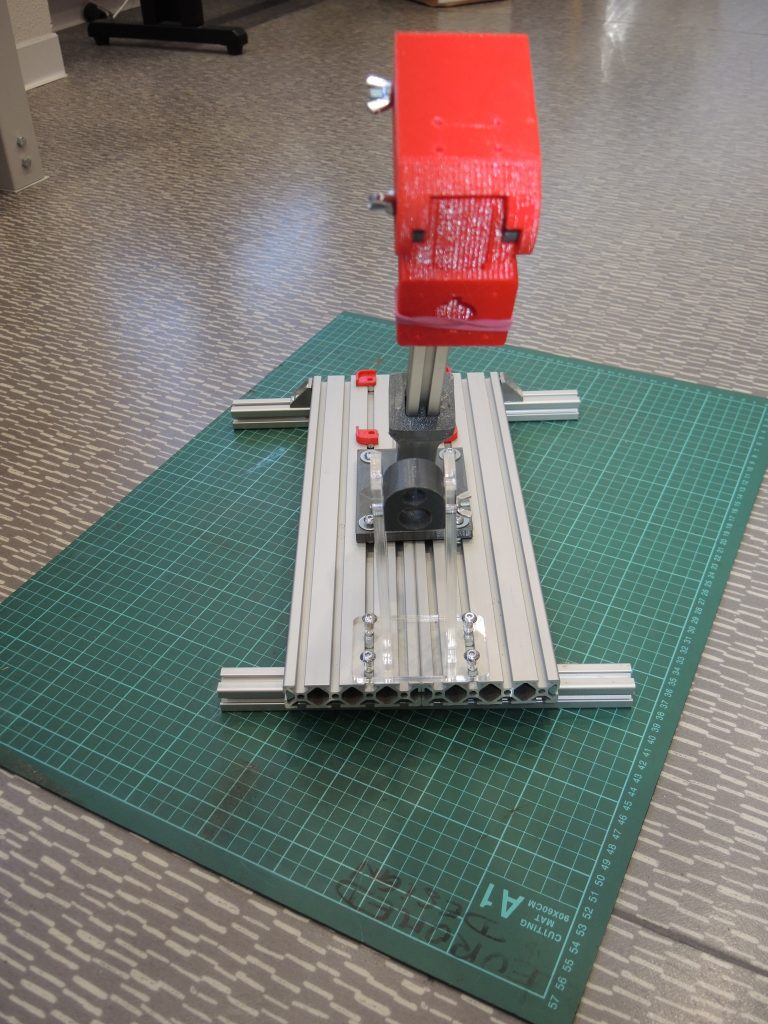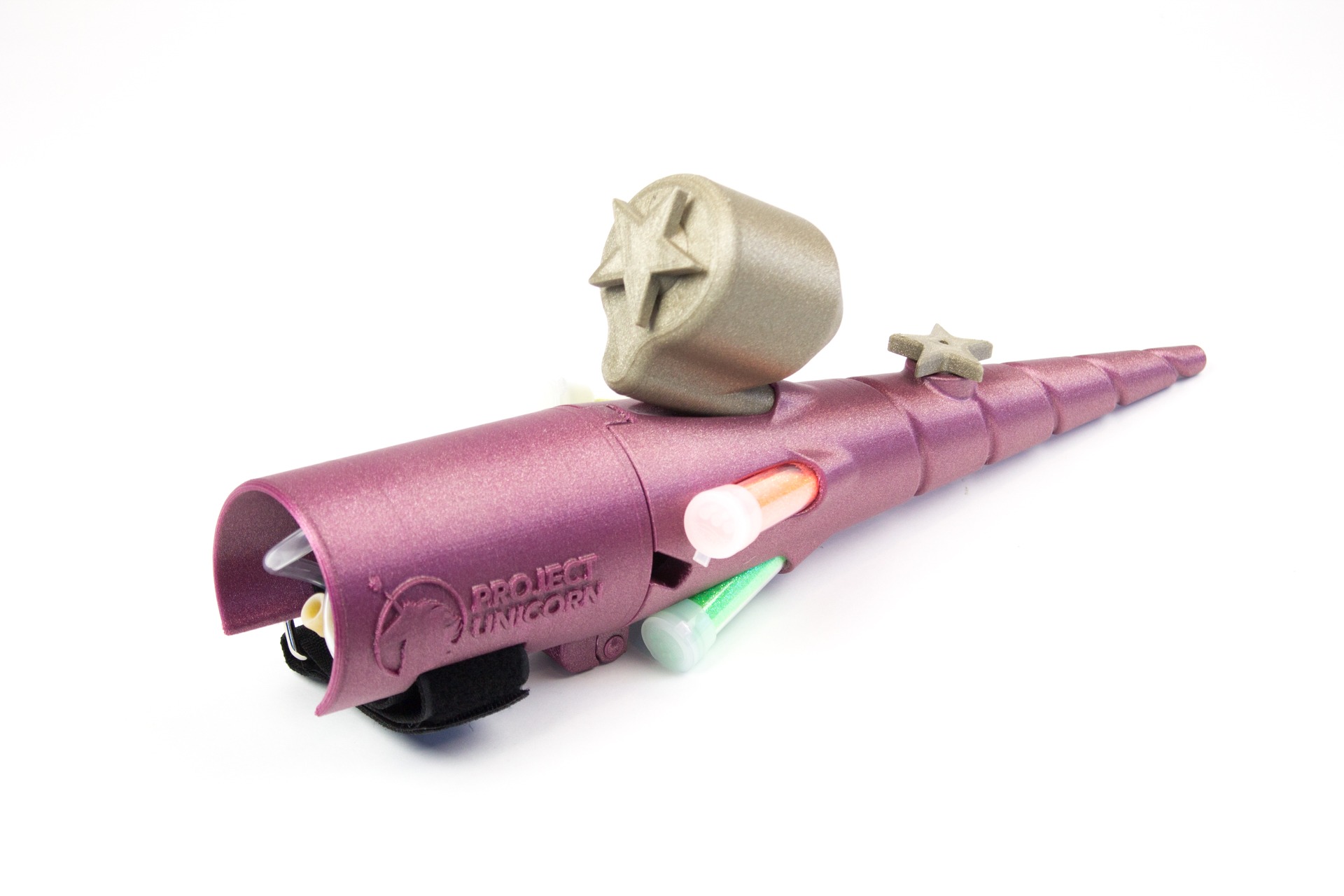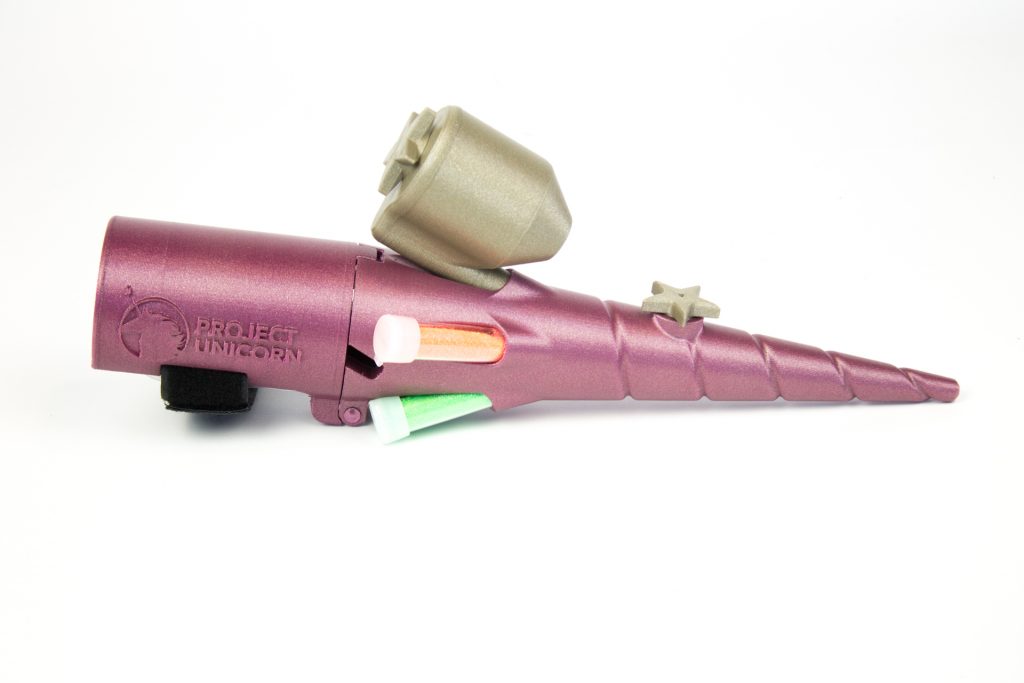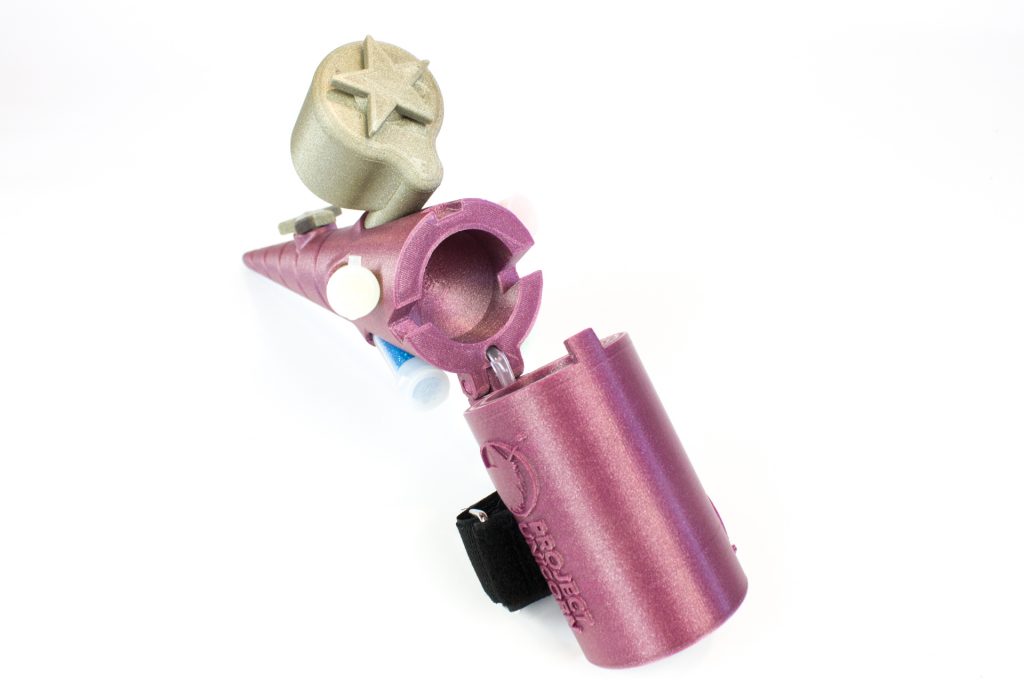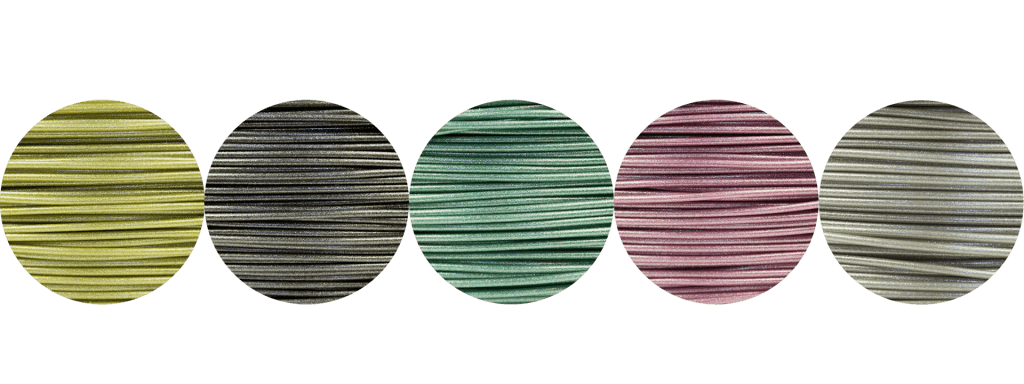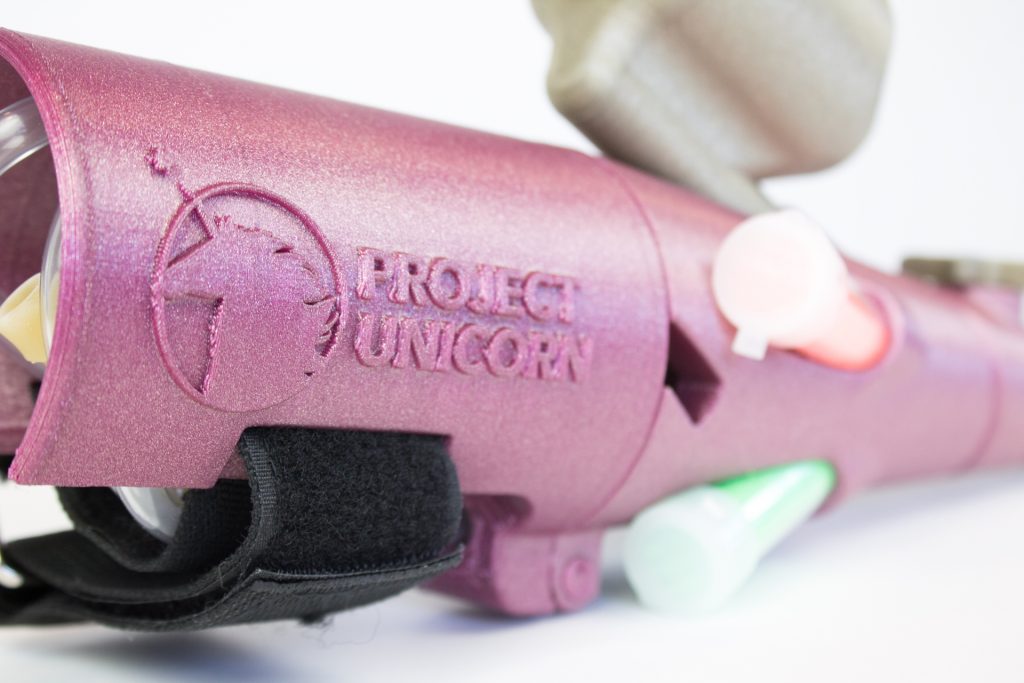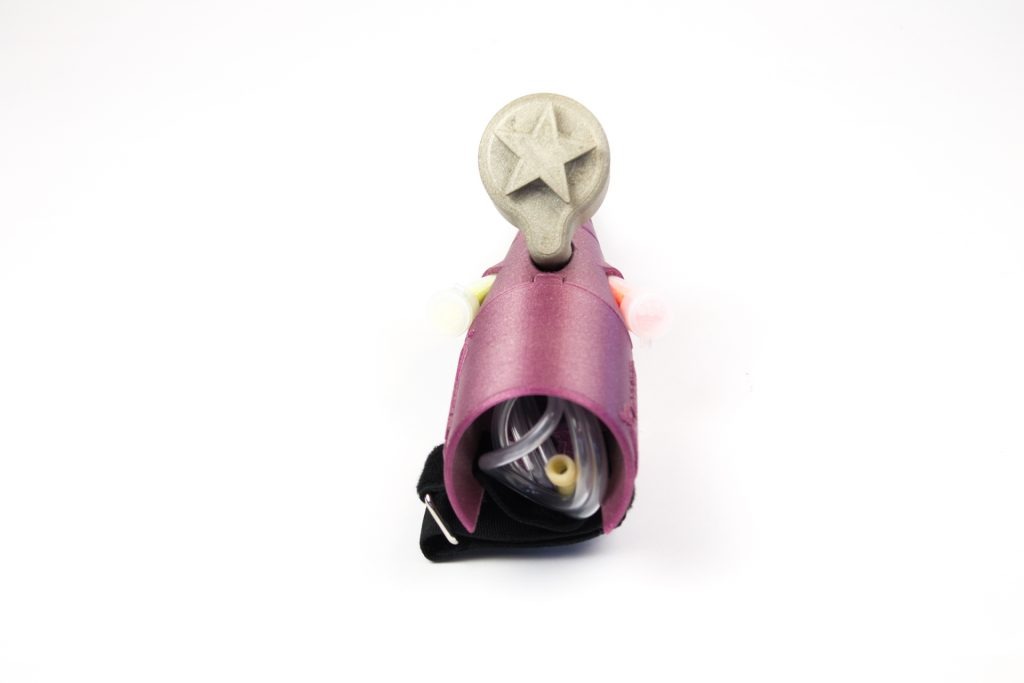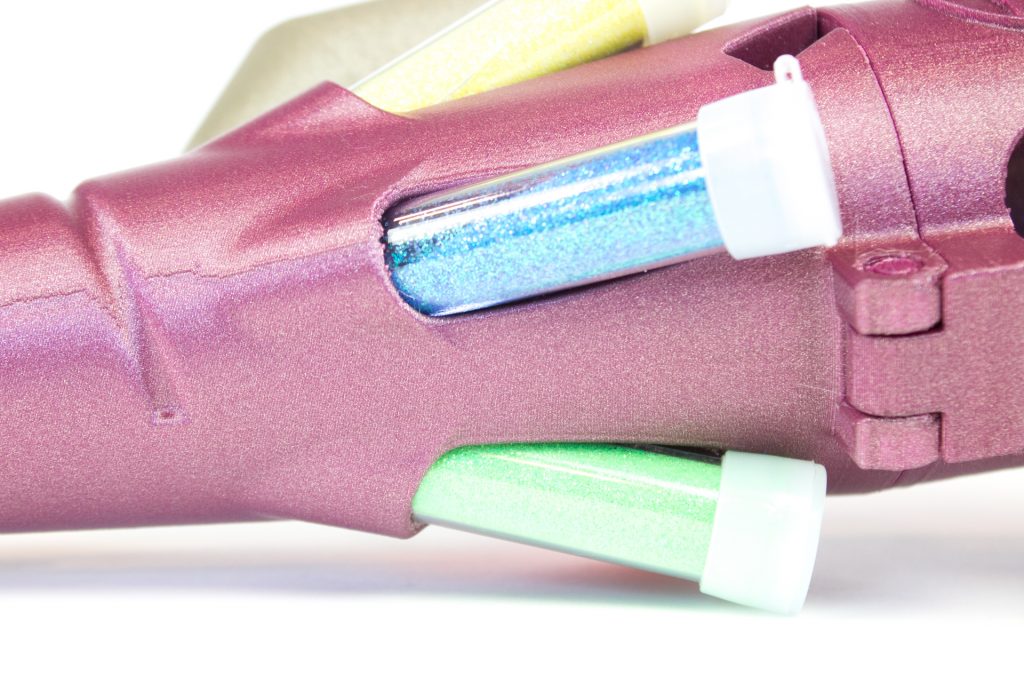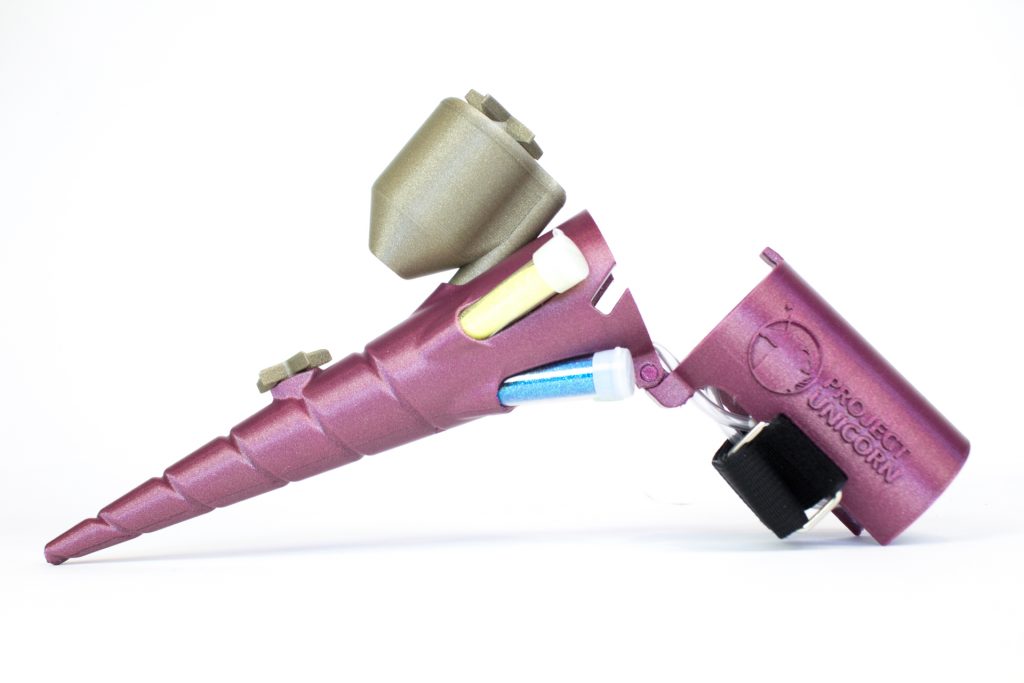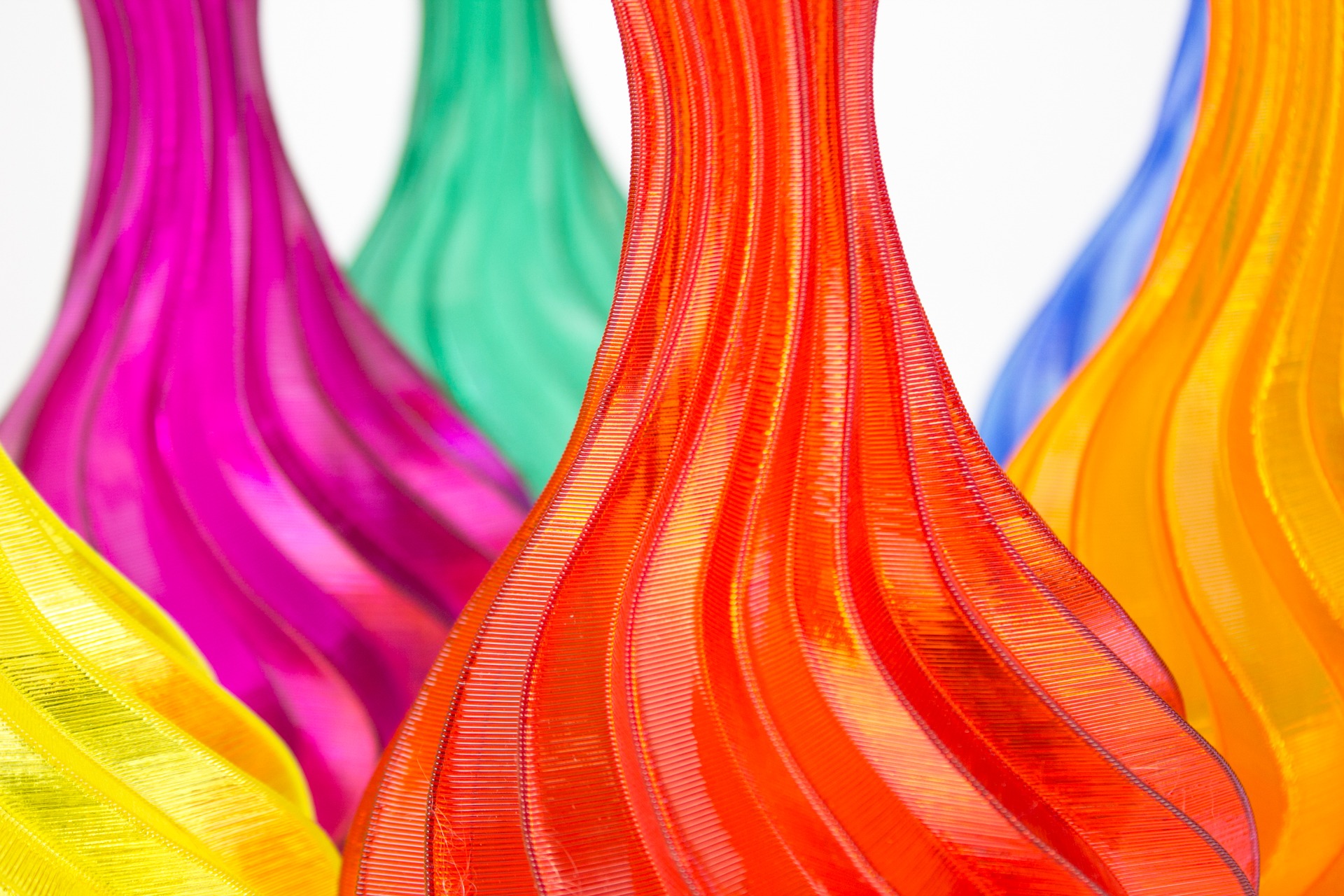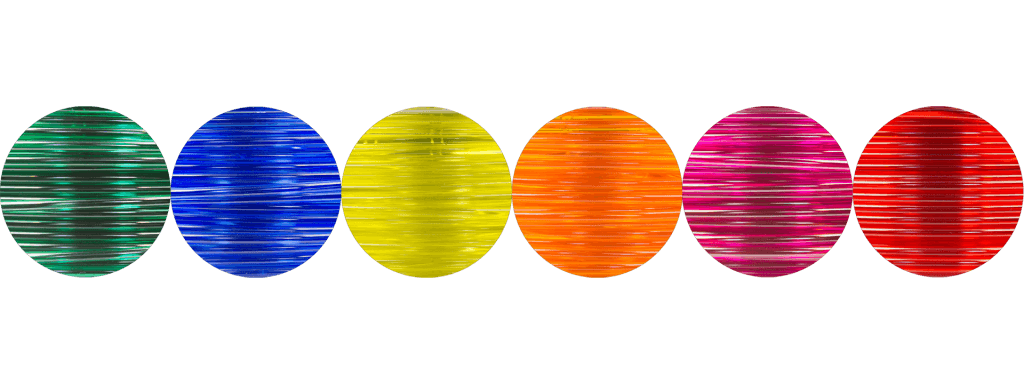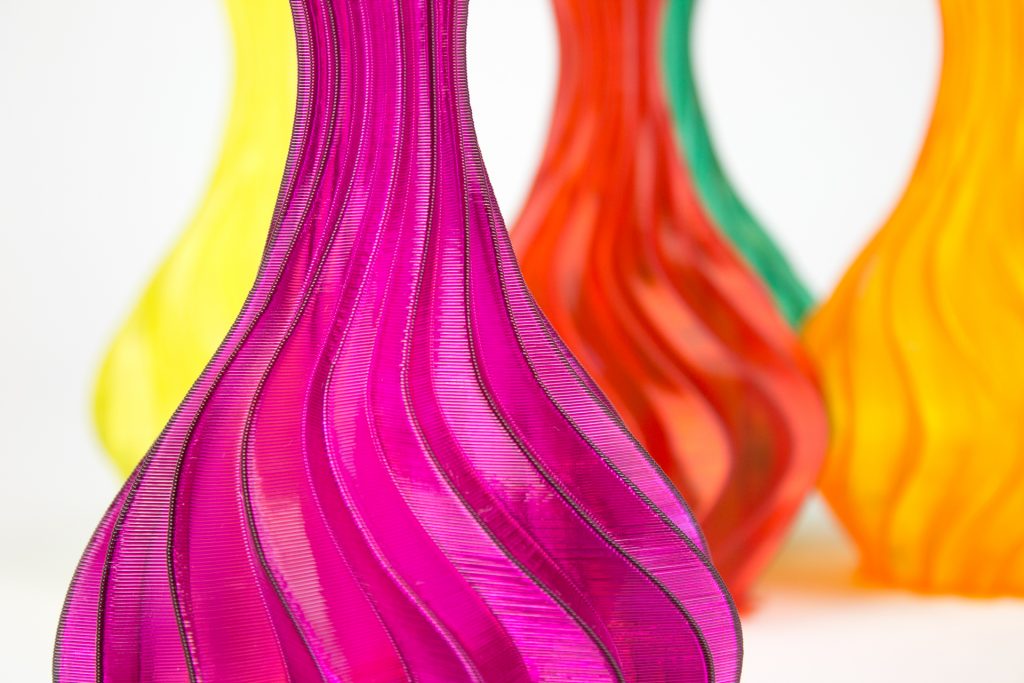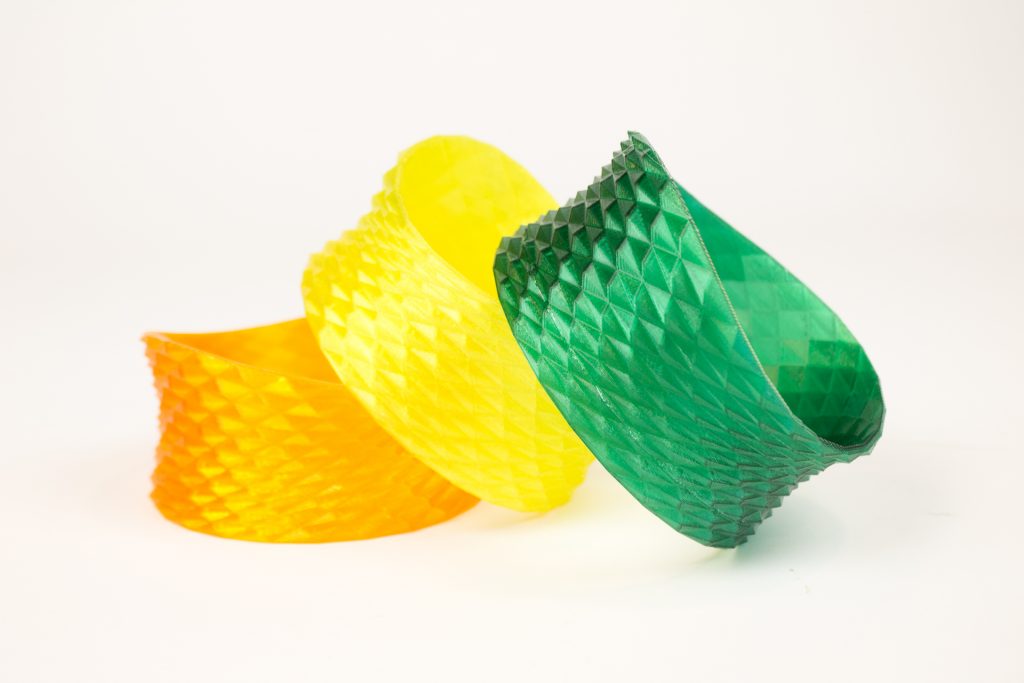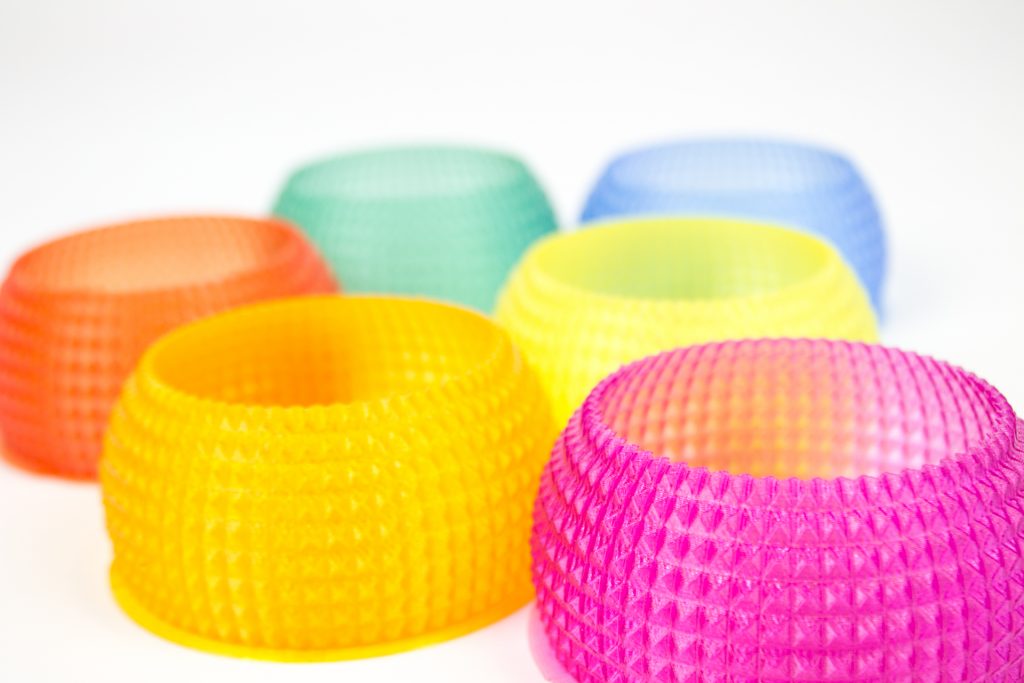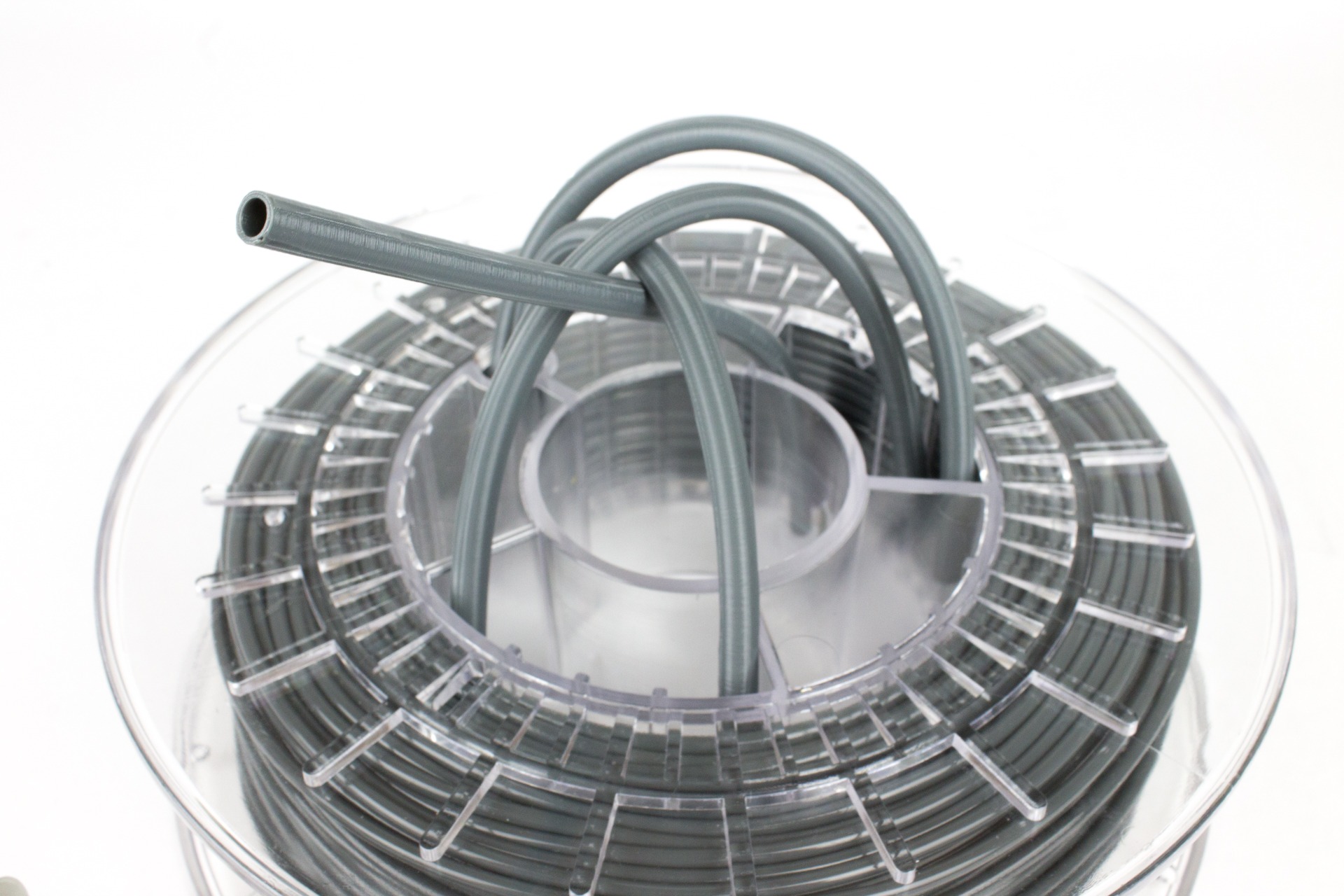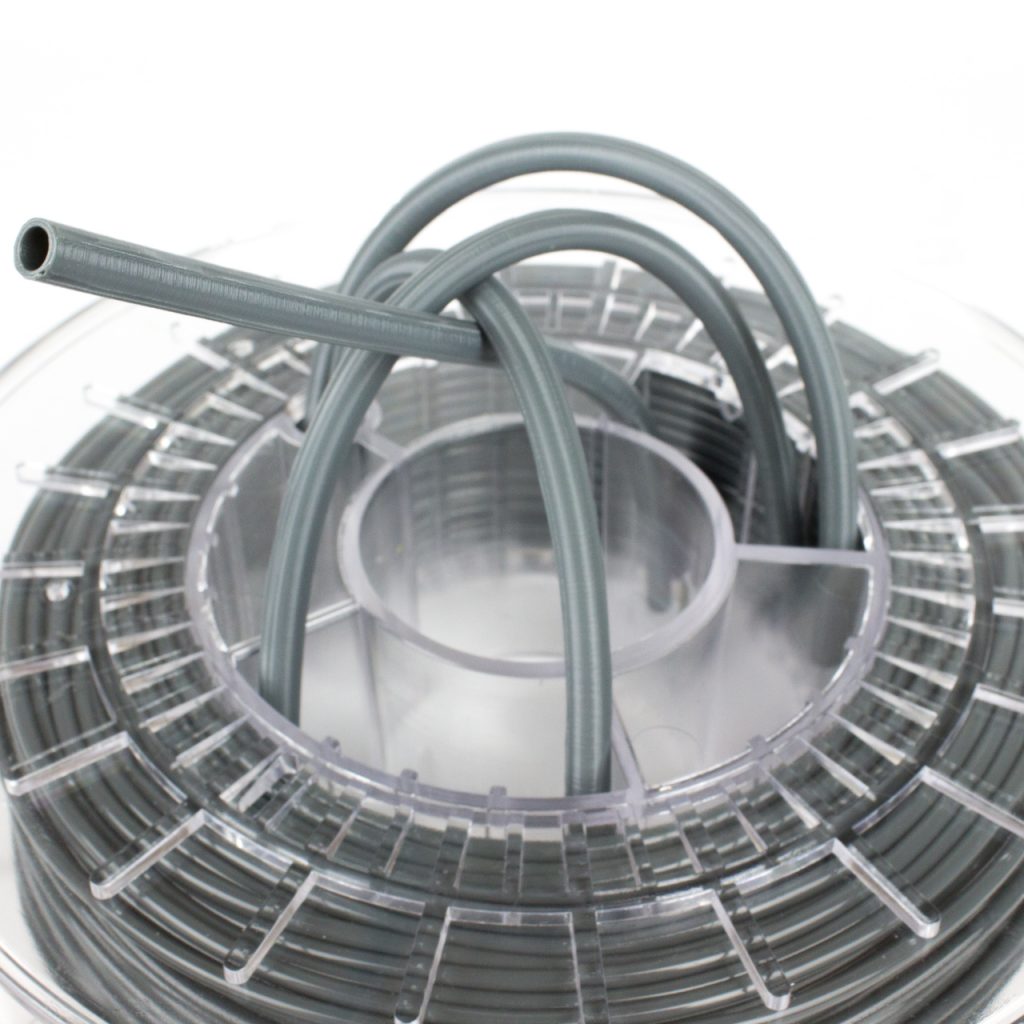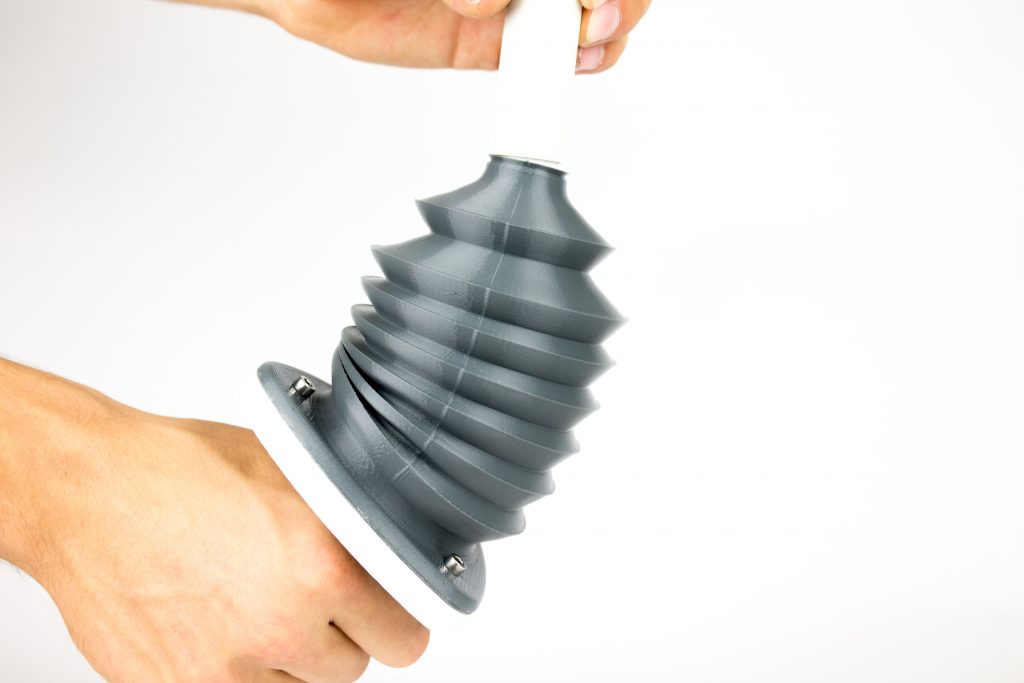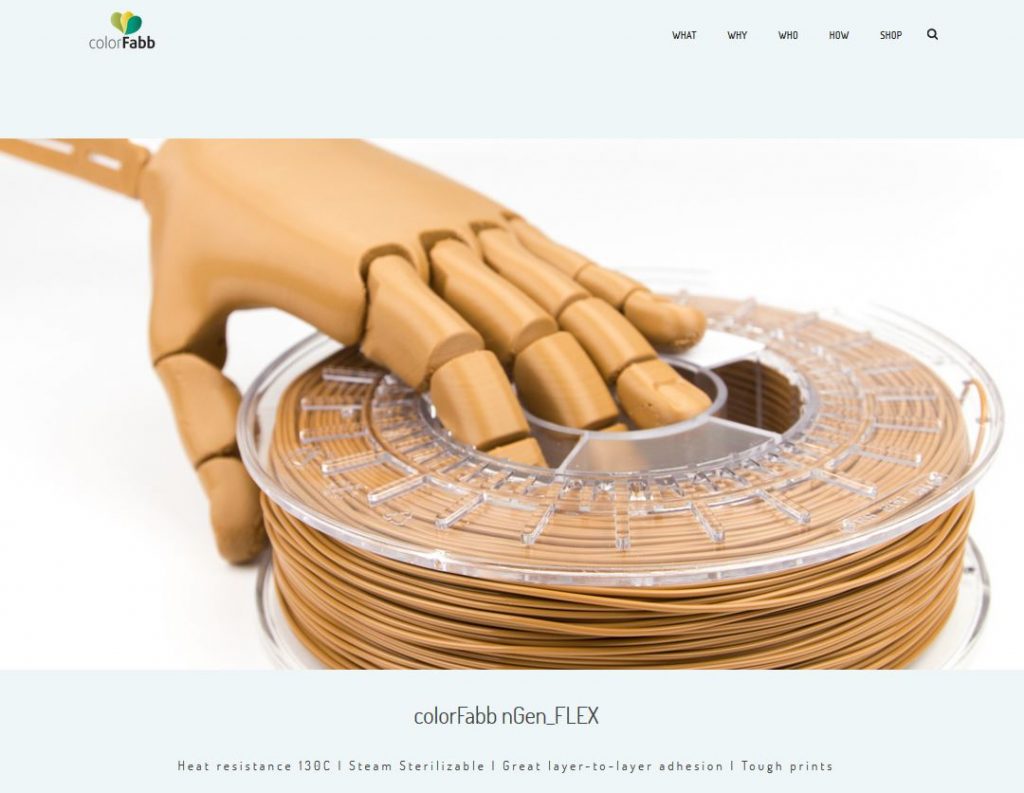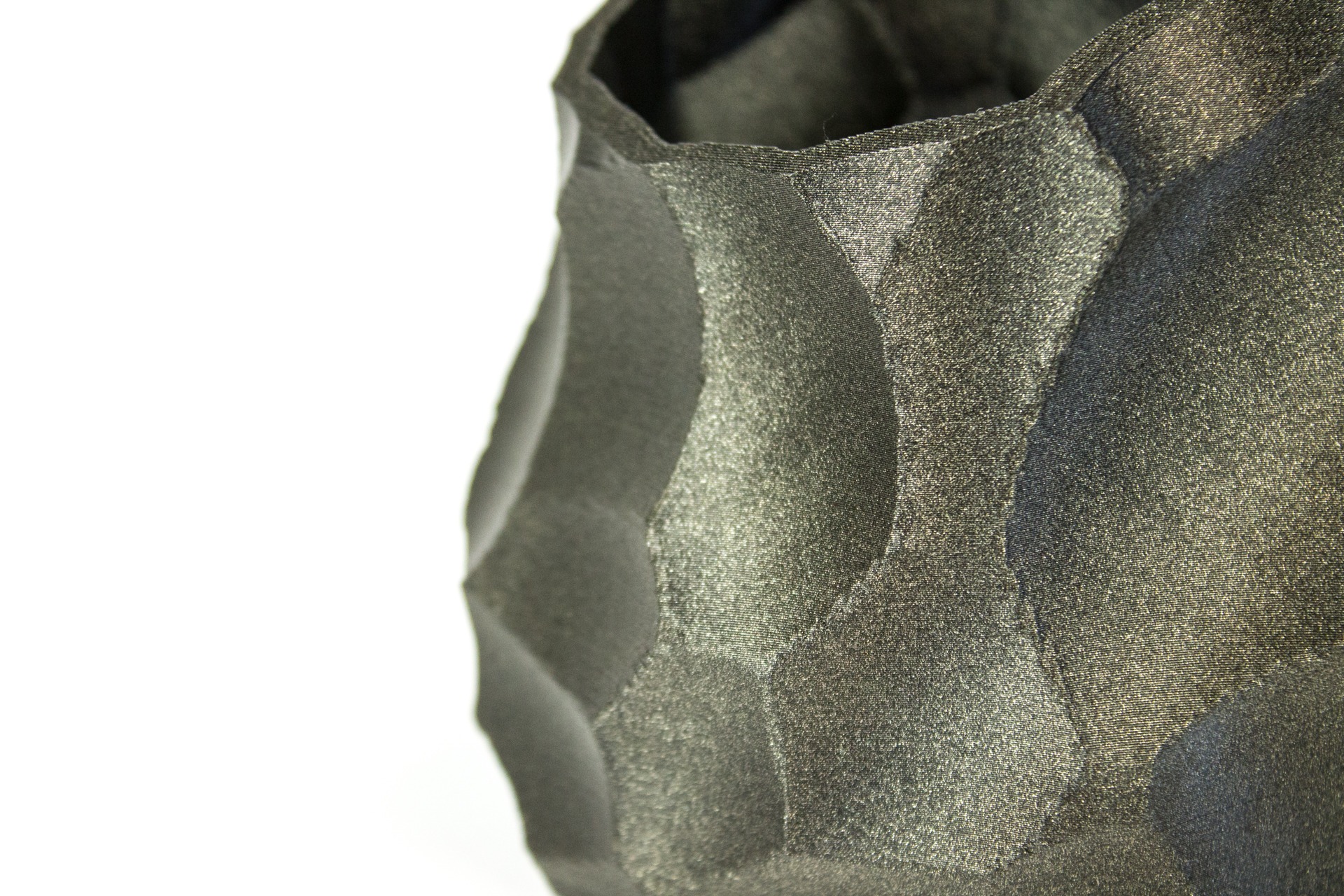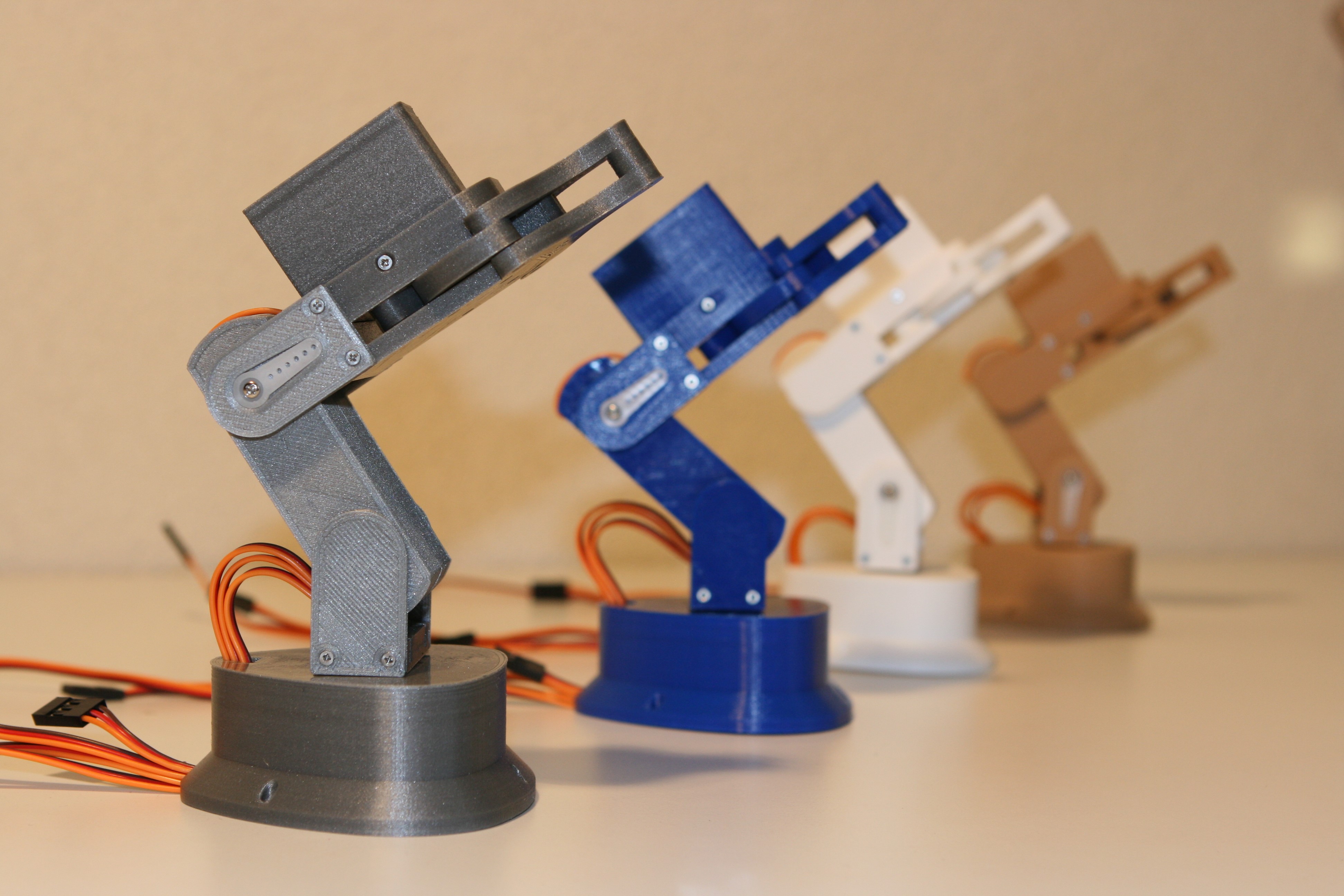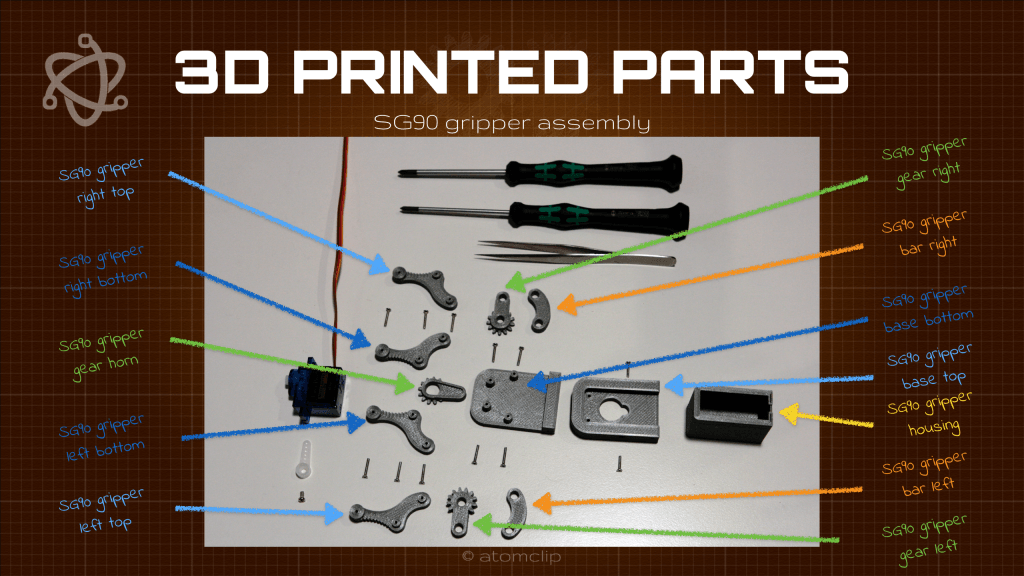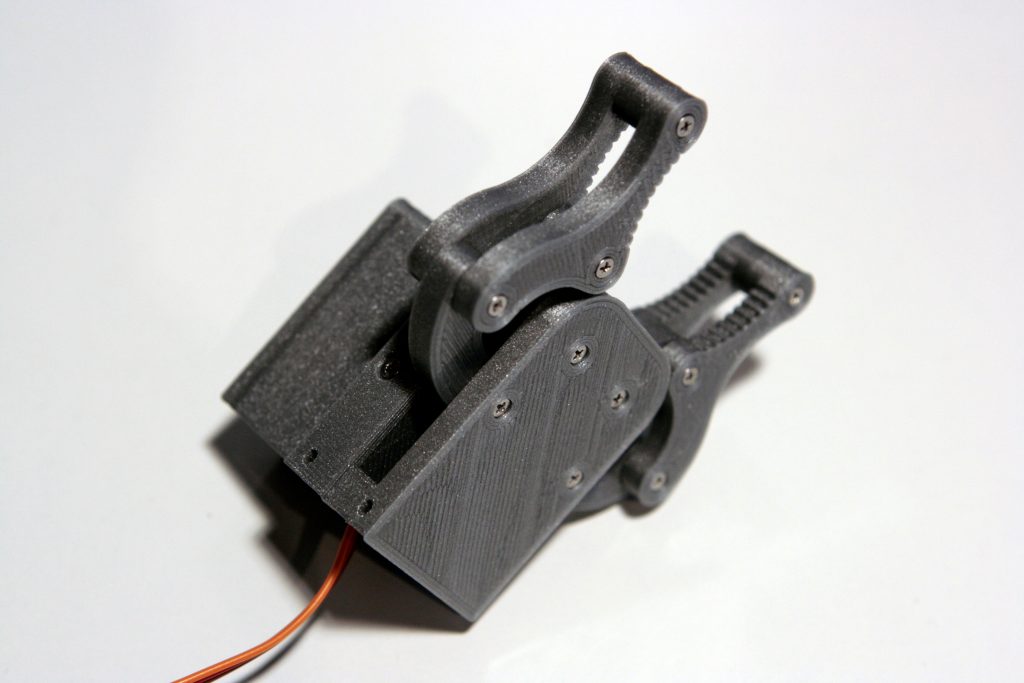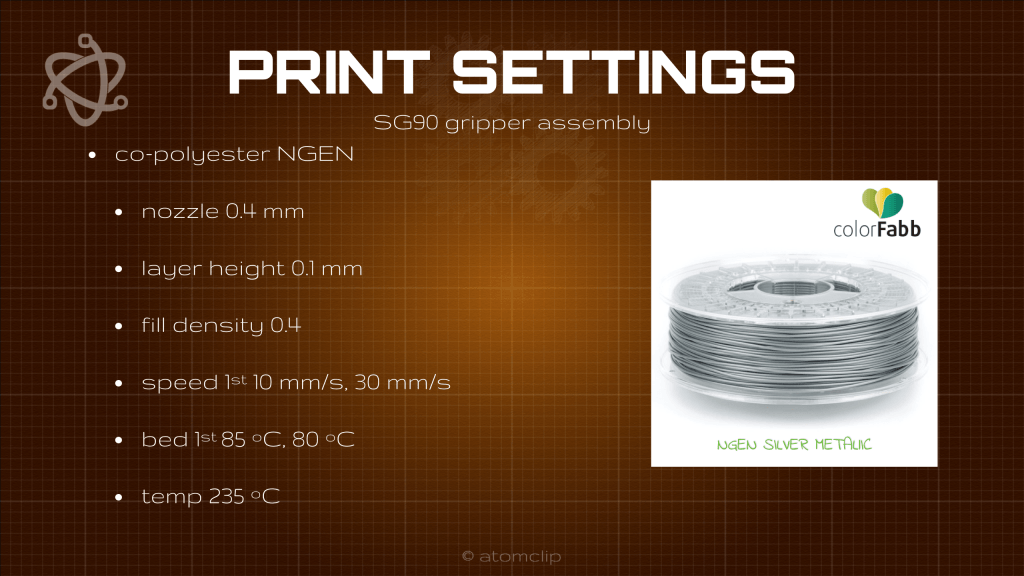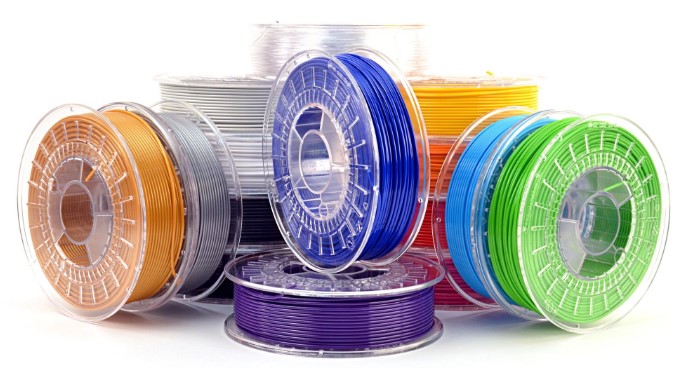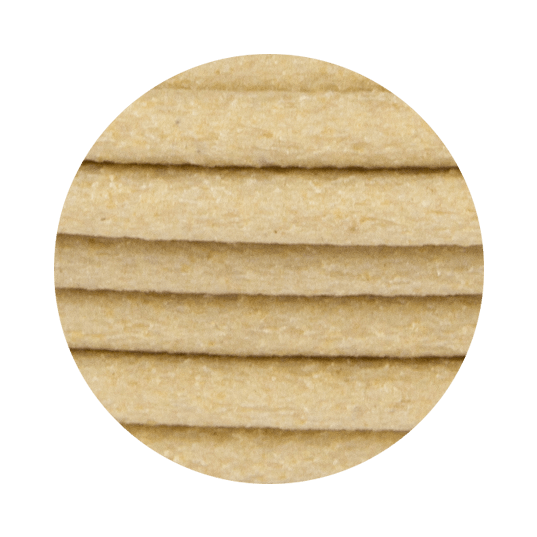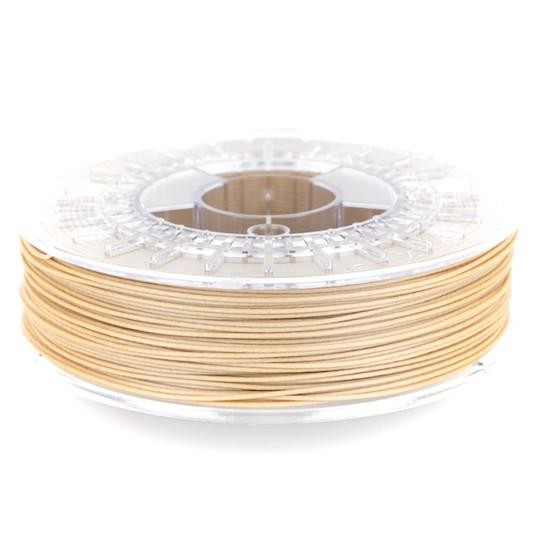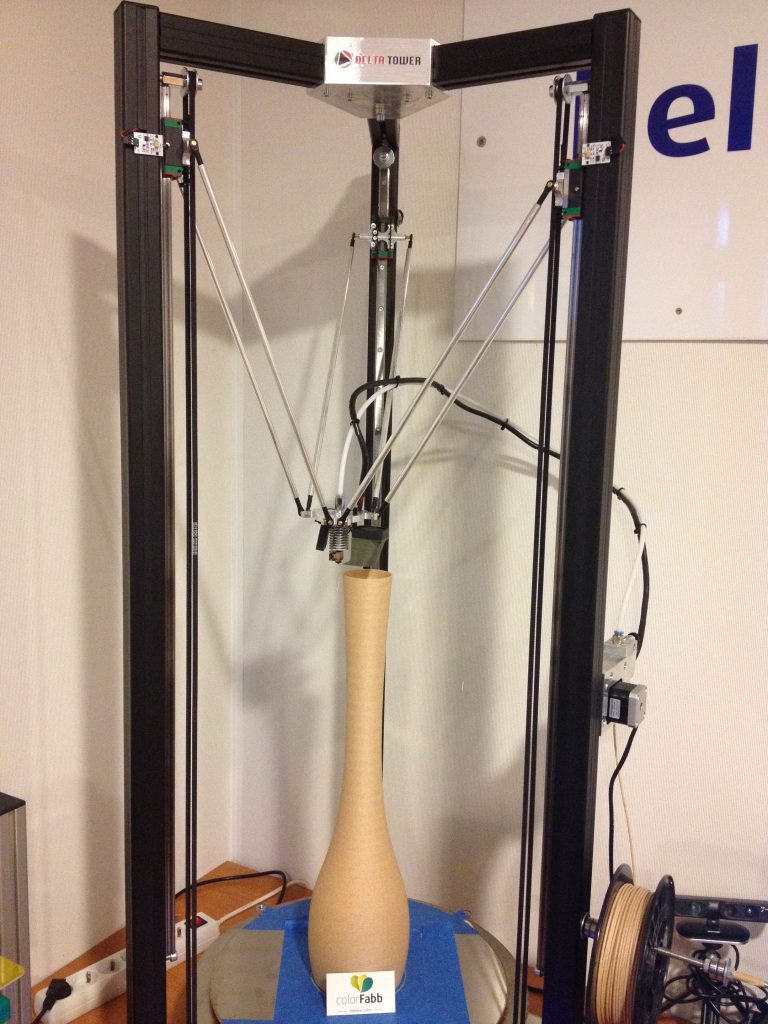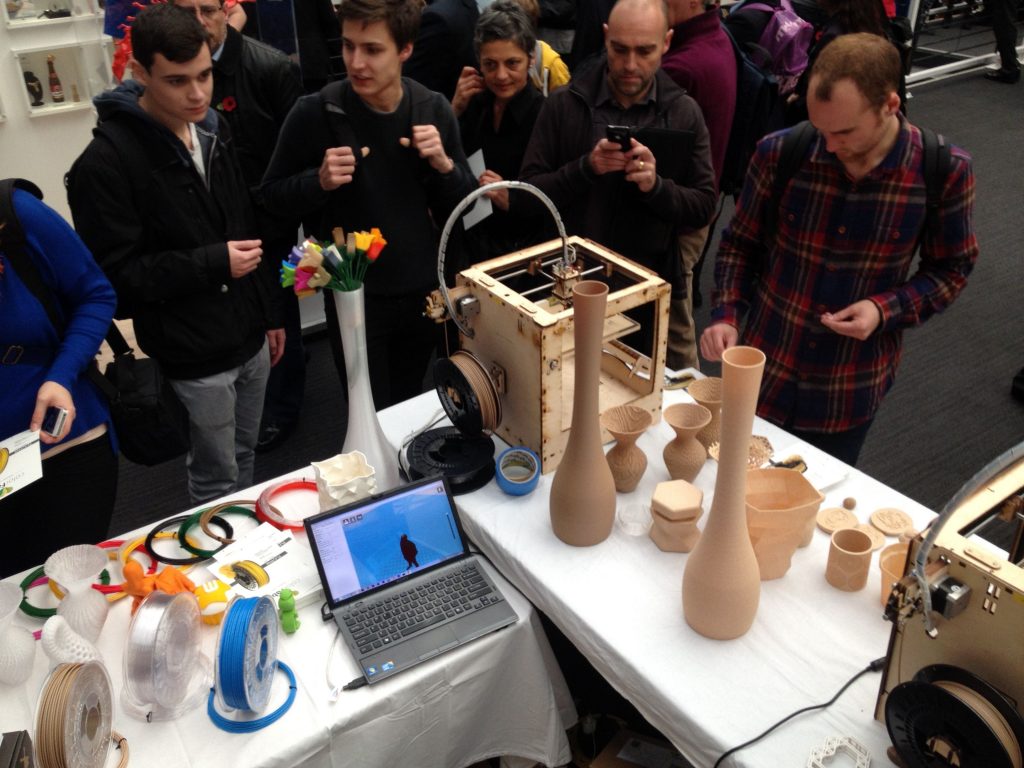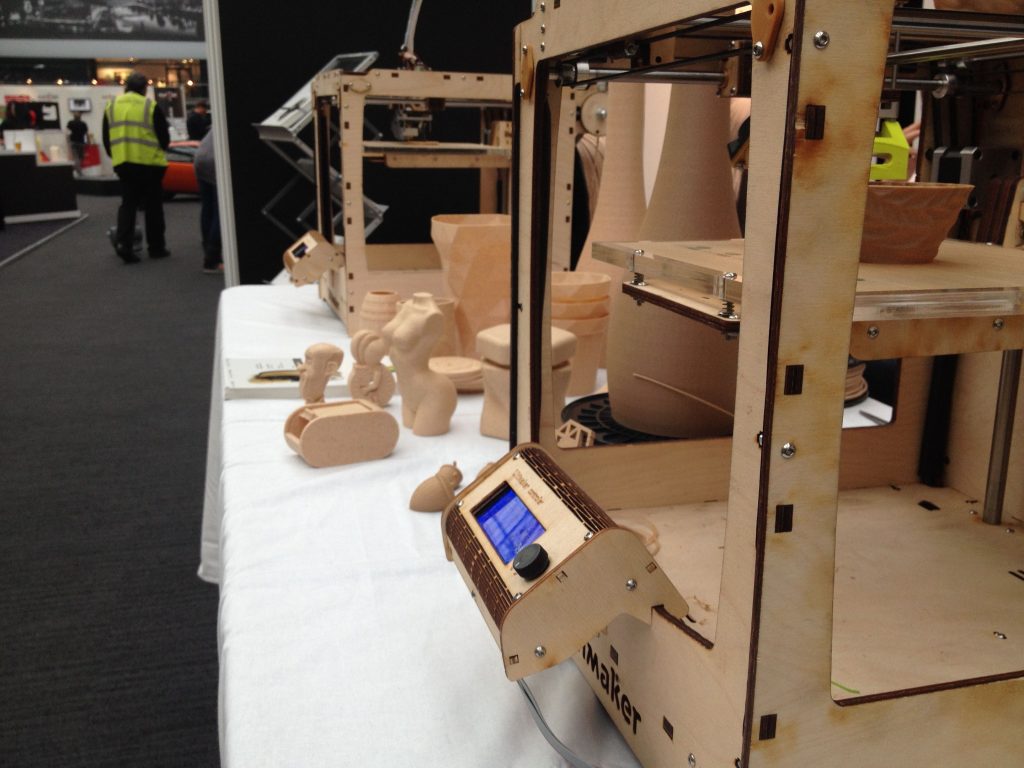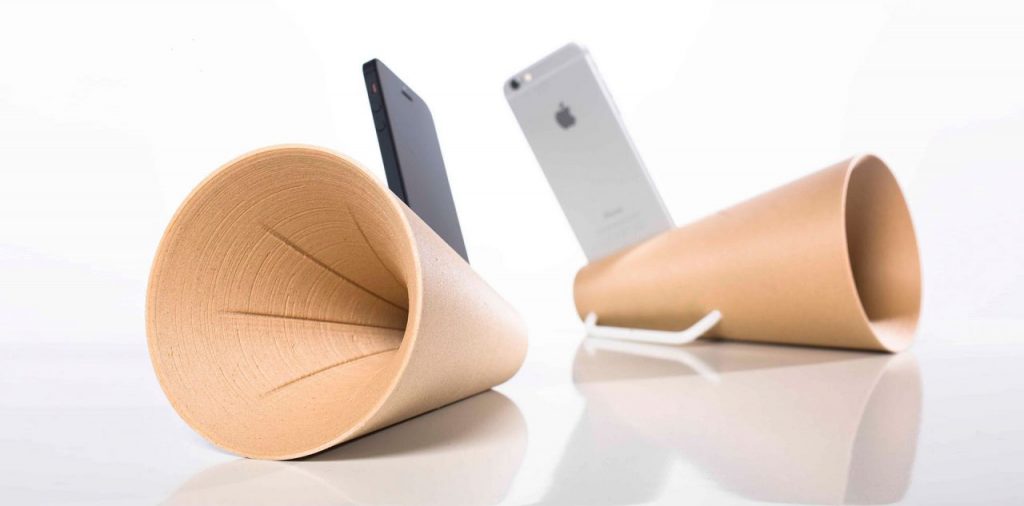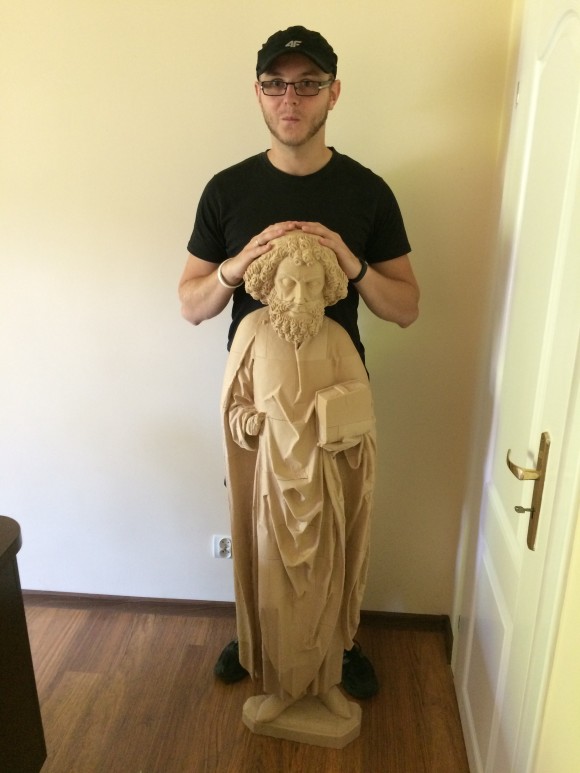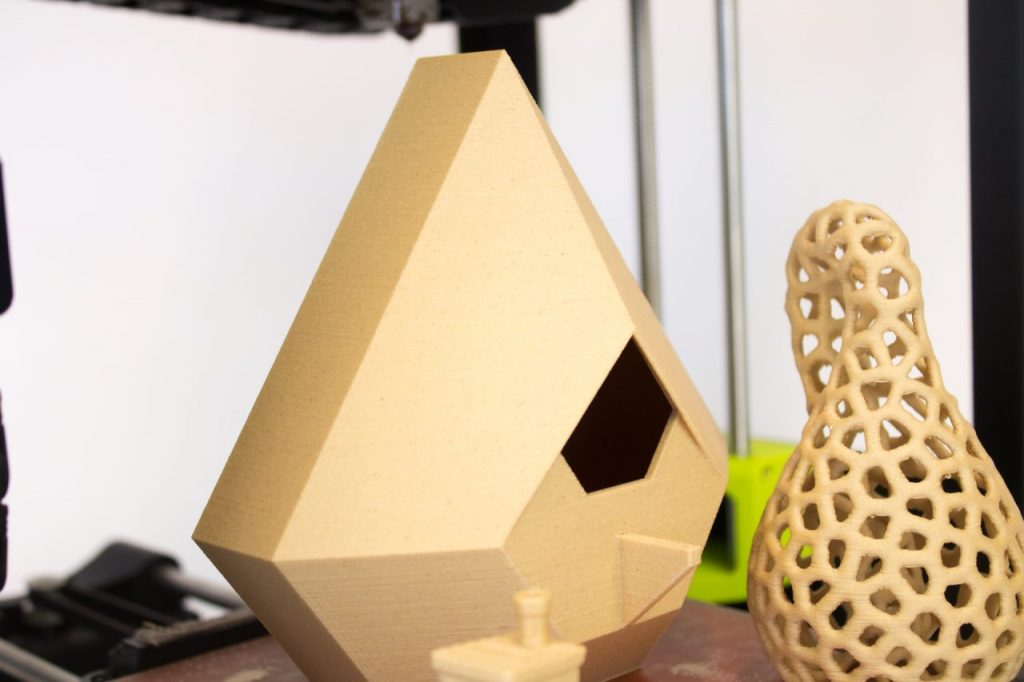It’s finally here… We proudly present our brand new filament nGen_LUX.
 Custom design by colorFabb
Custom design by colorFabb
nGen_LUX is a unique development based on our best selling co-polyester nGen, made with Eastman Amphora AM3300 3d Polymer. The excellent clarity of the base AM3300 makes this material uniquely suited for the extremely rare pigment used in nGen_LUX.
It is our new standard in how a 3D printed object can look. It is the filament for the users who wants to bring something extraordinary their work. It is the filament that needs to give that added value.
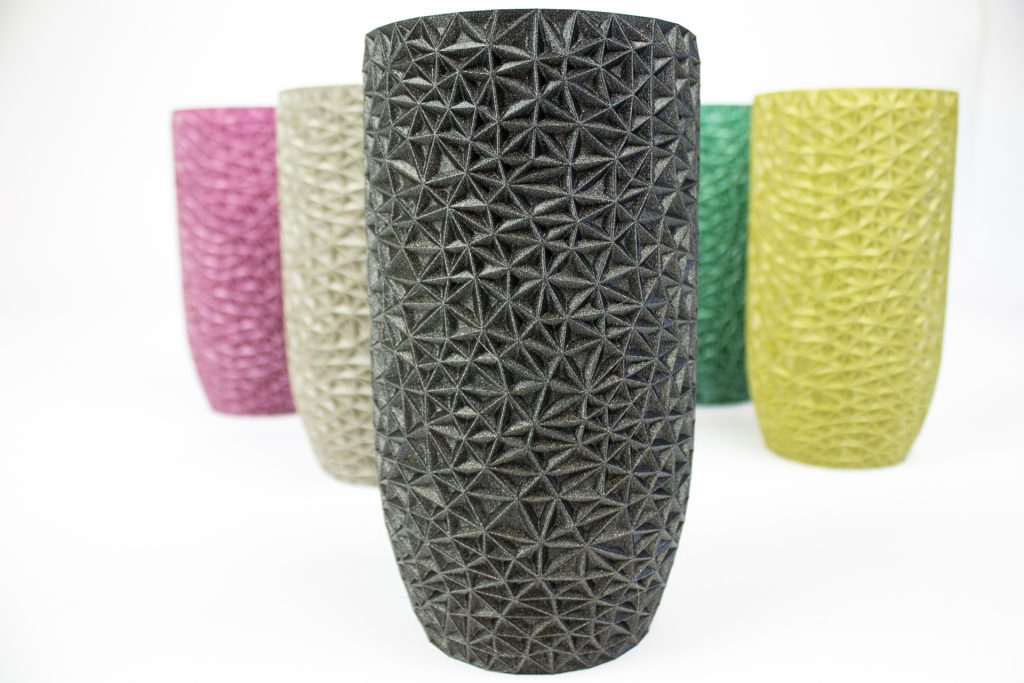 Polygon Vase by Antonin Nosek (EDGEdesign): https://www.thingiverse.com/thing:2755758
Polygon Vase by Antonin Nosek (EDGEdesign): https://www.thingiverse.com/thing:2755758
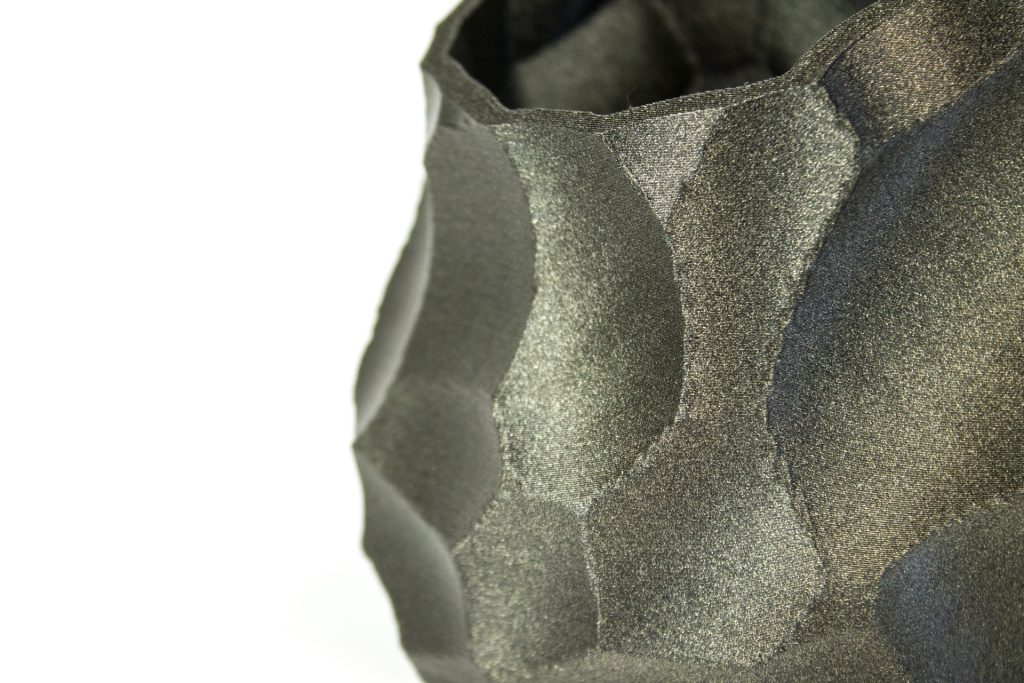 Carved Stone Vase Pair by davvyk: https://www.thingiverse.com/thing:2181381
Carved Stone Vase Pair by davvyk: https://www.thingiverse.com/thing:2181381
At colorFabb we are always looking to meet our customer’s needs and offer filaments with added value. The aesthetics of nGen_LUX allow for a new step in production and prototyping, especially for cosmetics, packaging, interior parts, electronics housings and many more applications.
The “Lux” not only stands for luxurious – which is definitely the look of the prints – but also refers to the unit of illumination used worldwide. And light is what makes this filament truly special. The material uses diffuse reflection to scatter light in all directions. For the eye it’s nearly impossible to spot layering, even at 0.2mm layerheight. nGen_LUX allows users to print visually appealing models without the need of post processing. nGen_LUX features all the characteristics of our regular nGen: good chemical stability, elevated temperature resistance (85C) and thus allows users to print creations that are functional, durable, efficient and attractive.
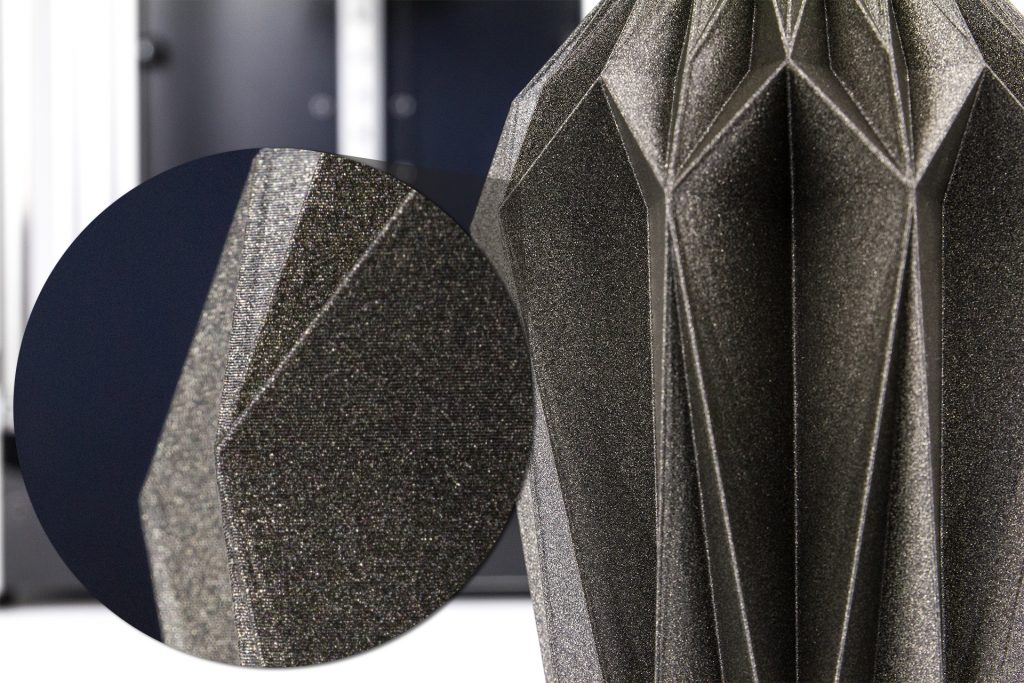 Printed at 0.2mm
Printed at 0.2mm
Vase by Kristaps Politis (KRISP3D): https://www.thingiverse.com/thing:2519263
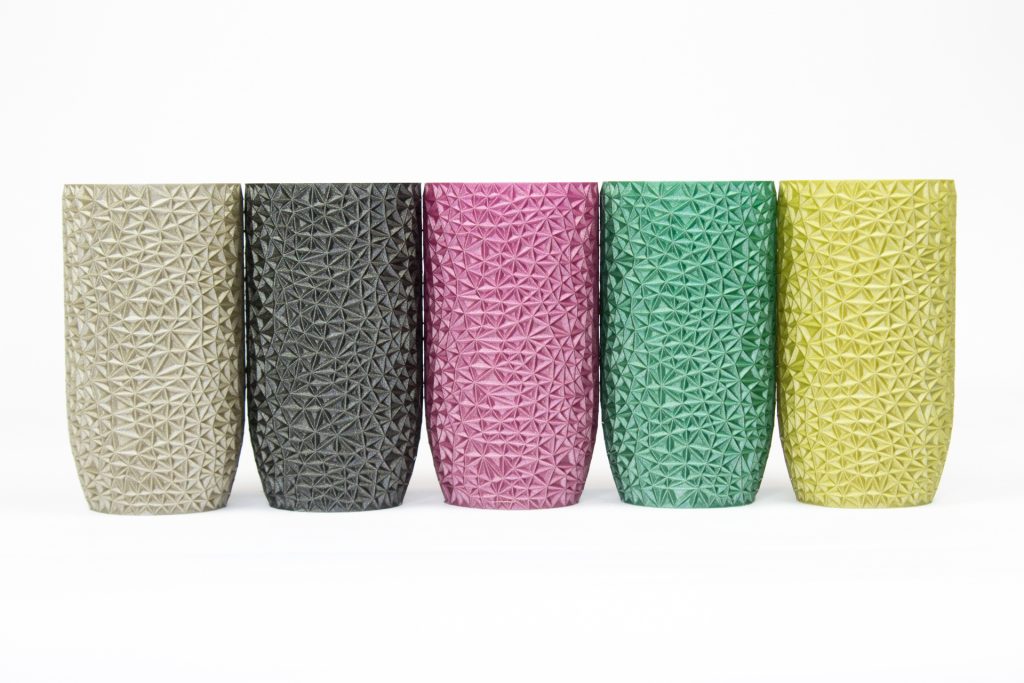
nGen_LUX is the first special filament based on nGen and the second one in our range of co-polyesters after XT-CF20, our carbon fibre enforced filament based on colorFabb_XT.
Quick facts
Material: colorFabb nGen_LUX
Diameter Tolerance: ± 0.05 mm
Density: 1.2 g•cm-3
Glass Transition Temperature: 85C
Adviced 3d printing temperature: 220-240C
Adviced 3d print speed: 40-70 mm/s
Advised Heated bed: 75-85C
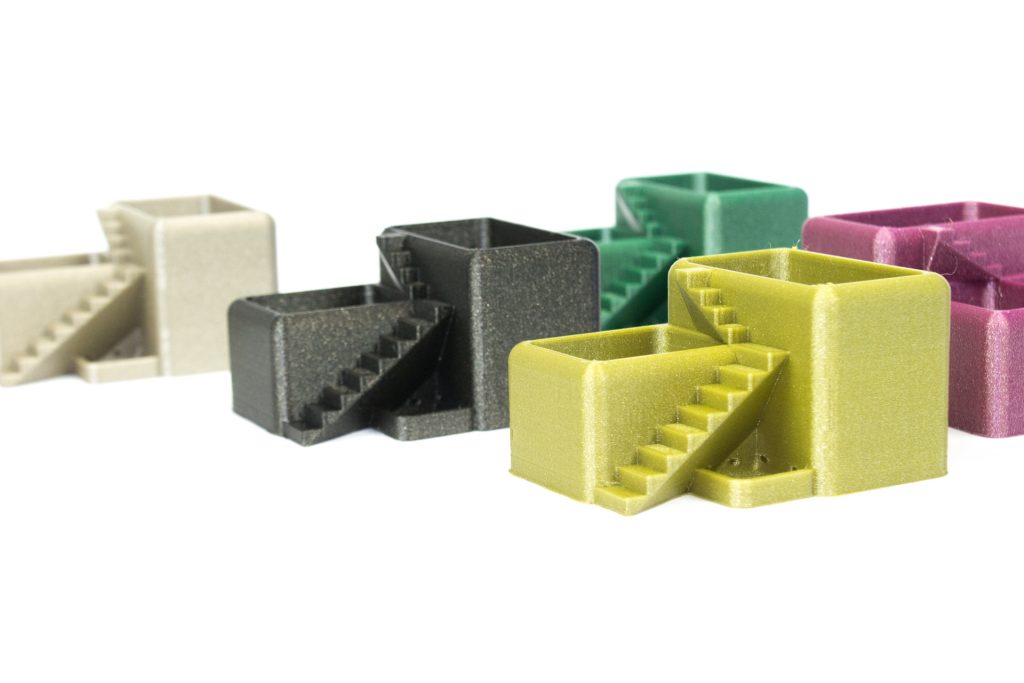 Villa Desk Plant Pot by David Payne (Qrome): https://www.thingiverse.com/thing:2779537
Villa Desk Plant Pot by David Payne (Qrome): https://www.thingiverse.com/thing:2779537
Colors
We initially launch 5 colors, with more to come in the next few months. The colors we selected to begin with are:
Champagne Gold
This pale shade of gold reminds of the subtle and unmistakably beautiful color of champagne. It’s elegant and classy and will add instant luxury to any 3D printing project.
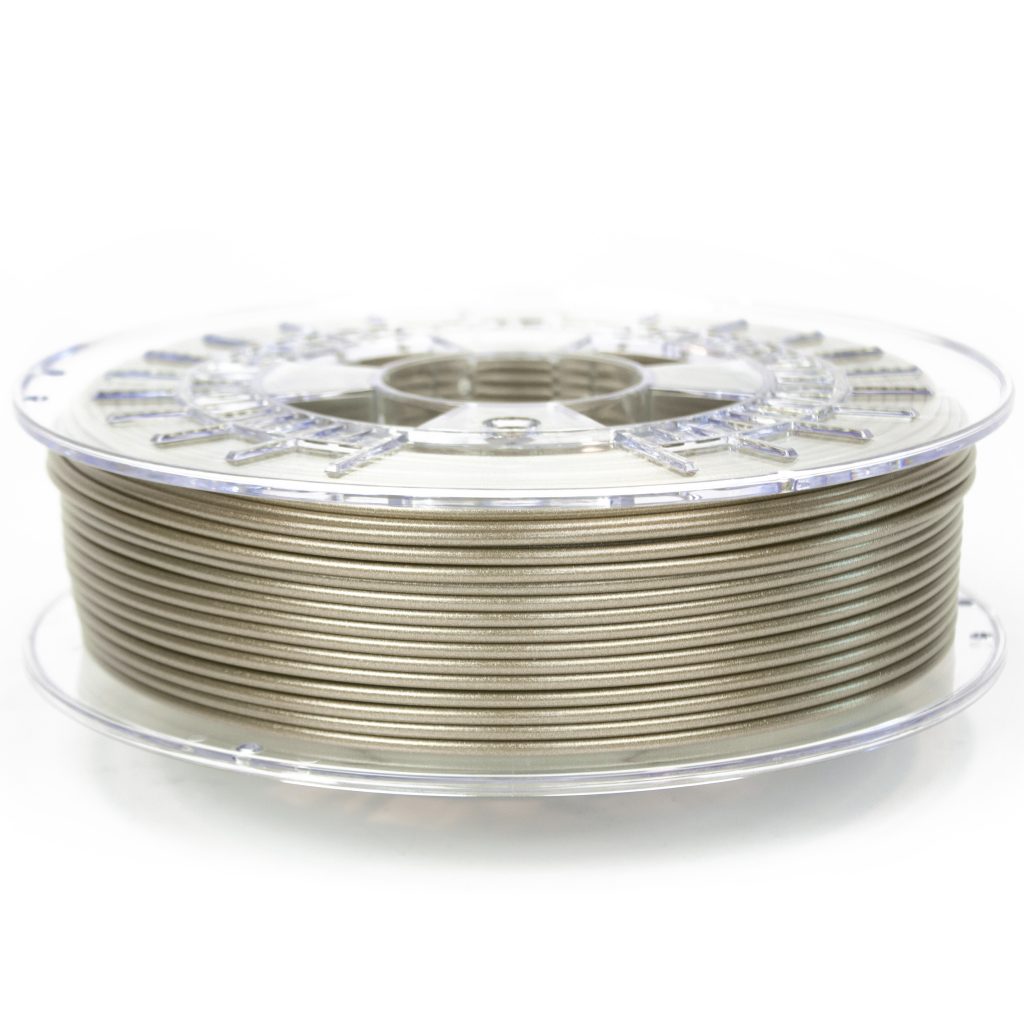
Diamond Black
Stylish and luxurious, our Diamond Black looks like diamond dust has used during the production of this filament. A beautiful black is combined with a rich shade of sparkles, resulting in the ultimate black filament.
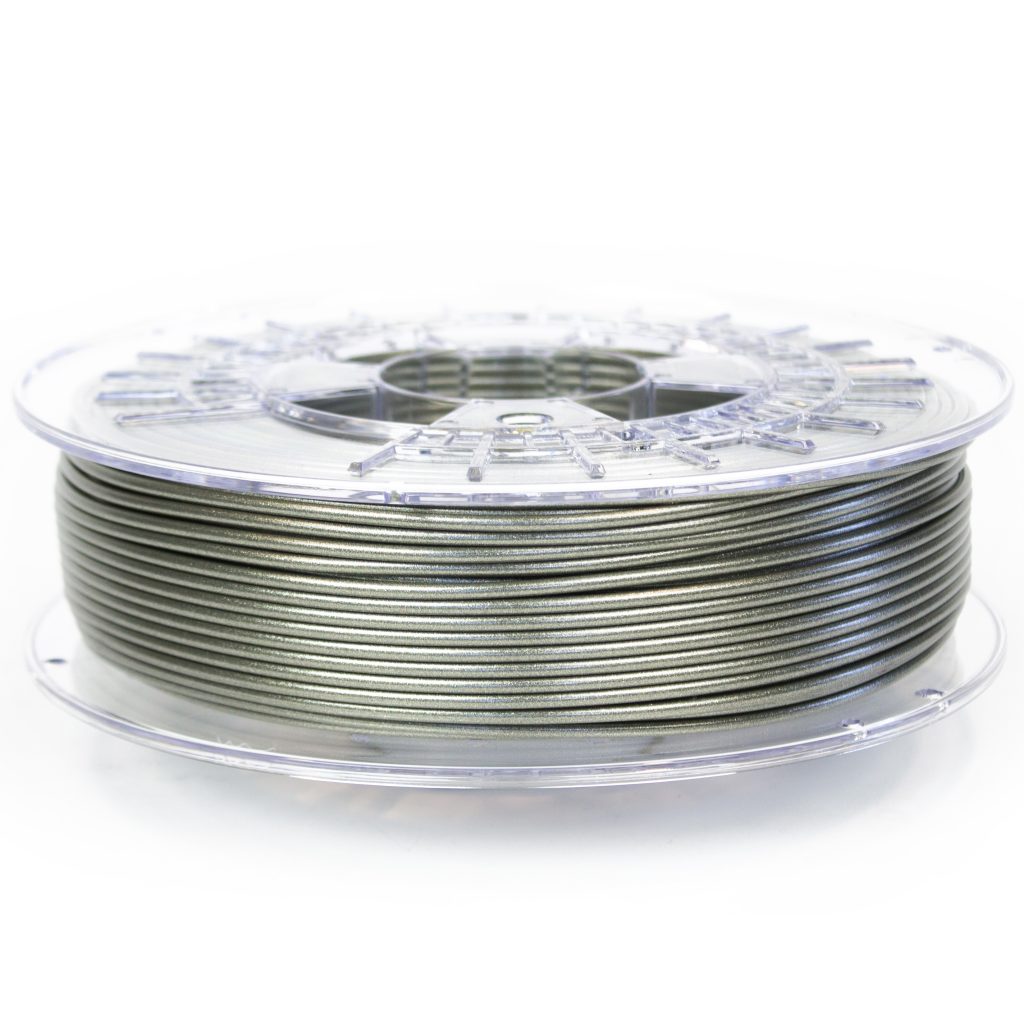
Regal Violet
Violet is the color of majesty, luxury and extravagance and thus perfectly suited for nGen_LUX. Make your prints stand out with a lustrous, rich cherry like violet – perfectly suited for making the most amazing final parts.

Star Yellow
A bright yellow gold, with loads of sparkly goodness that seems to be forged inside a star. A highly visible color that looks great from afar and even better up close. This might be the brightest yellow gold we’ve seen in a filament.

Nature Green
Green means positive. Green means life. Green means nature. Bring an extraordinary and unique look to your creations. This shade of green is a mix of the most amazing emerald green and decent amount of what looks like fairy dust.
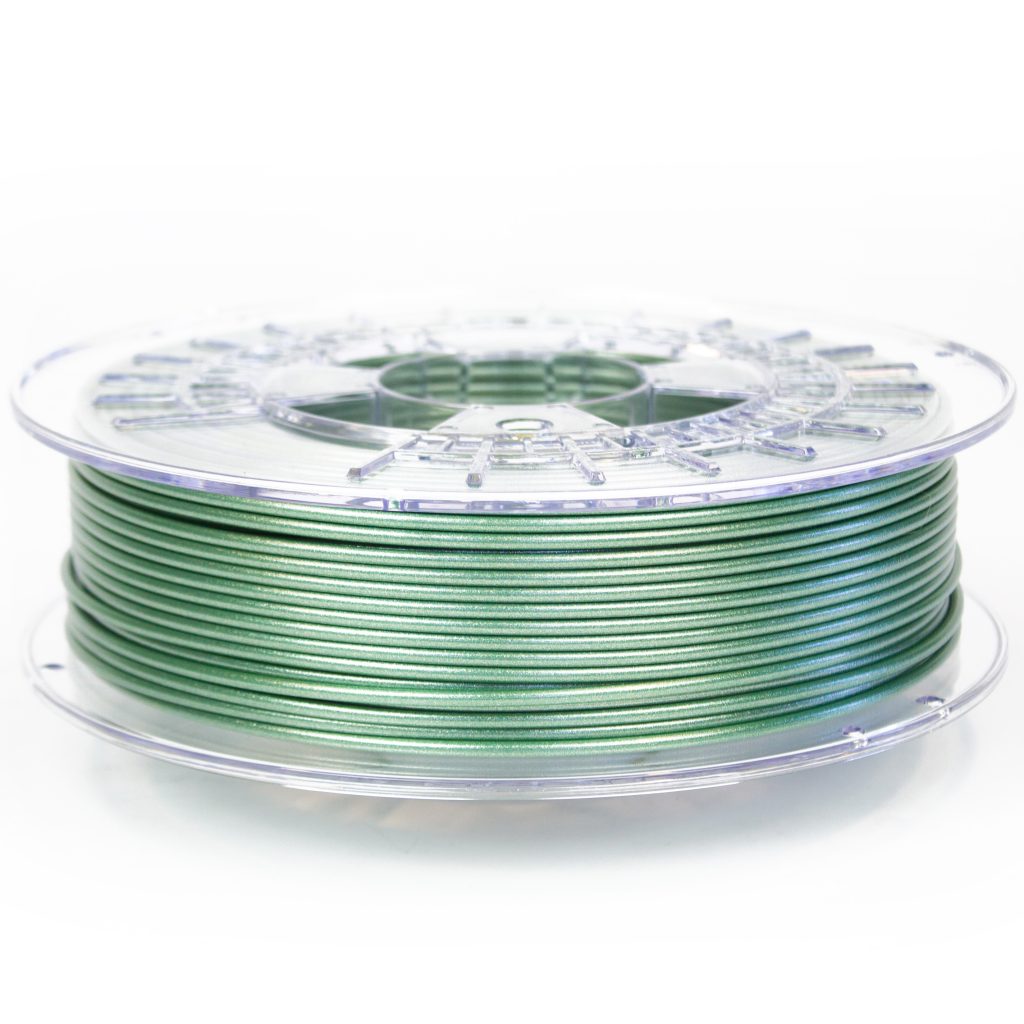
As mentioned there will be more colors coming up! Stay tuned.
nGen_LUX is available for ordering now. Shipping starts on Monday February 26th. RRP is € 66.07 / € 79.95 (excl / incl VAT) for 750 grams of filament.
Click here to go directly to our webshop.
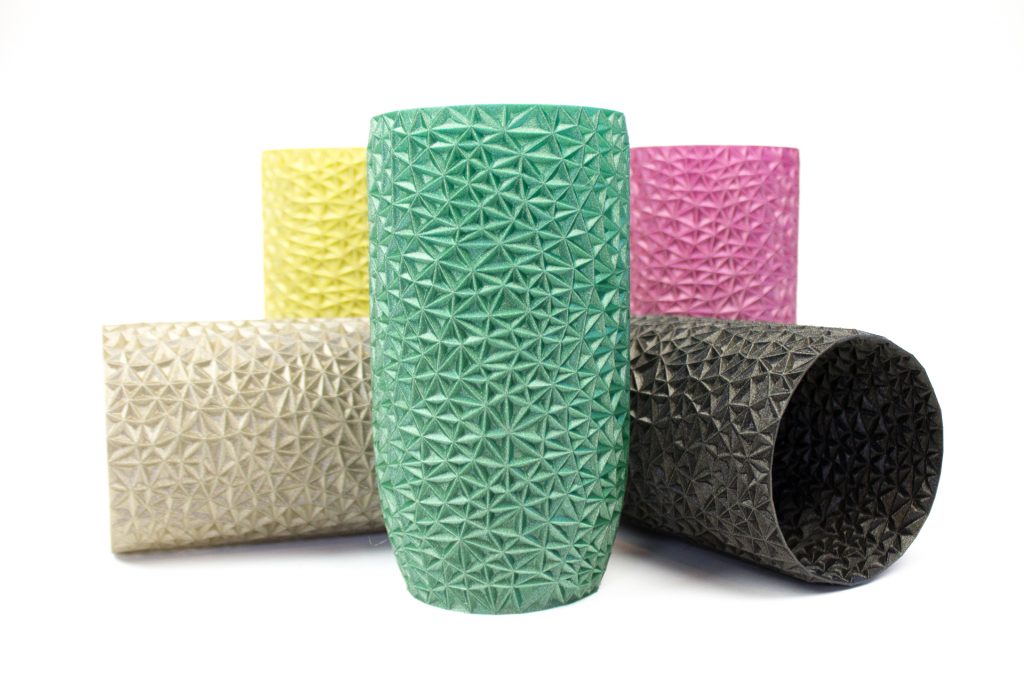
Tips & Tricks
Build platform
nGen_LUX gives the best results on a heated build platform, 75C to about 85C is usually needed for proper adhesion to a glass plate. Optionally users could decide to use products such as 3DLac to improve adhesion.
Printing on a cold bed is possible for small to medium sized parts but not advised for large parts which will be prone to warping.
Cooling
Too much cooling will create brittle parts with bad layer-to-layer adhesion. Therefor we recommend starting with 50% cooling. It’s always best to print with the least amount of cooling to get the best possible layer-to-layer adhesion.
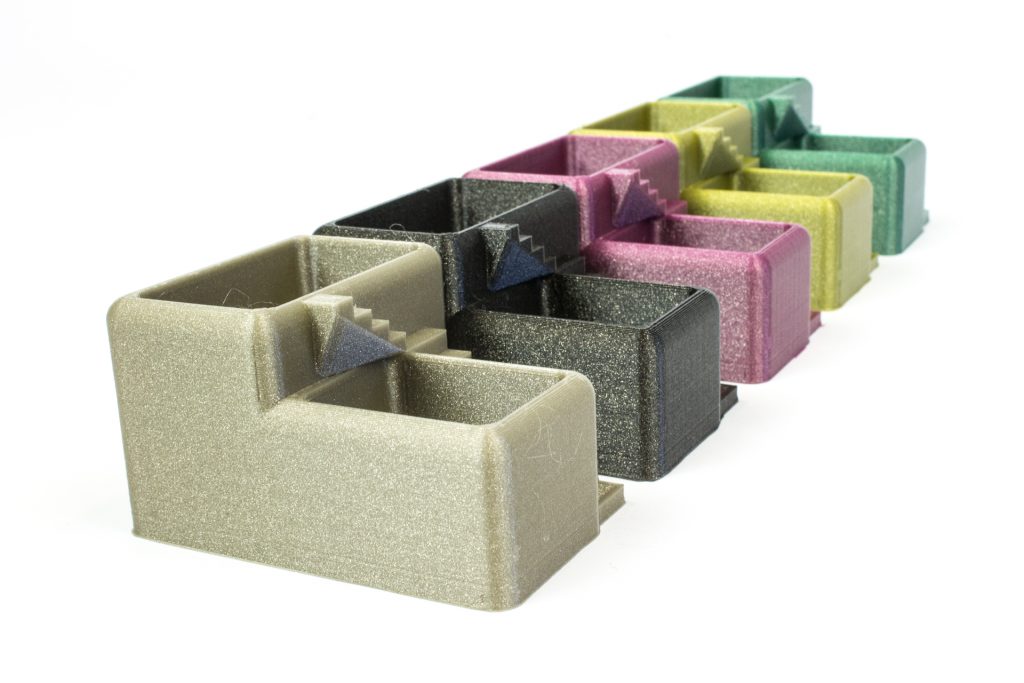
The brand new nGen_LUX fits perfectly in colorFabb’s portfolio that consists of both functional and aesthetical filaments. Pictures can say more than a thousand words, but prints made with nGen_LUX have to be seen!
nGen_LUX was announced during the TCT in Birmingham last year. Originally planned for release in November 2017 we had to postpone the release to ensure a high quality filament. The audience at the show was unanimous with praise when they saw the printed parts we had there. Best reaction of them all: “This just looks too good!”
nGen_LUX is based on our trusted bestseller nGen. We have been testing the filament in our print lab on the most popular printers in the market right now: the Prusa i3, both the Stacker S2 and S4, the Lulzbot TAZ 6 and Mini, the Robo R2 and C2, the Ultimaker range of printers and the Mass Portal Pharaoh. Rest assured that if your printer works with nGen (and most of them with a heated bed do) you can achieve the stellar results we have seen so far.
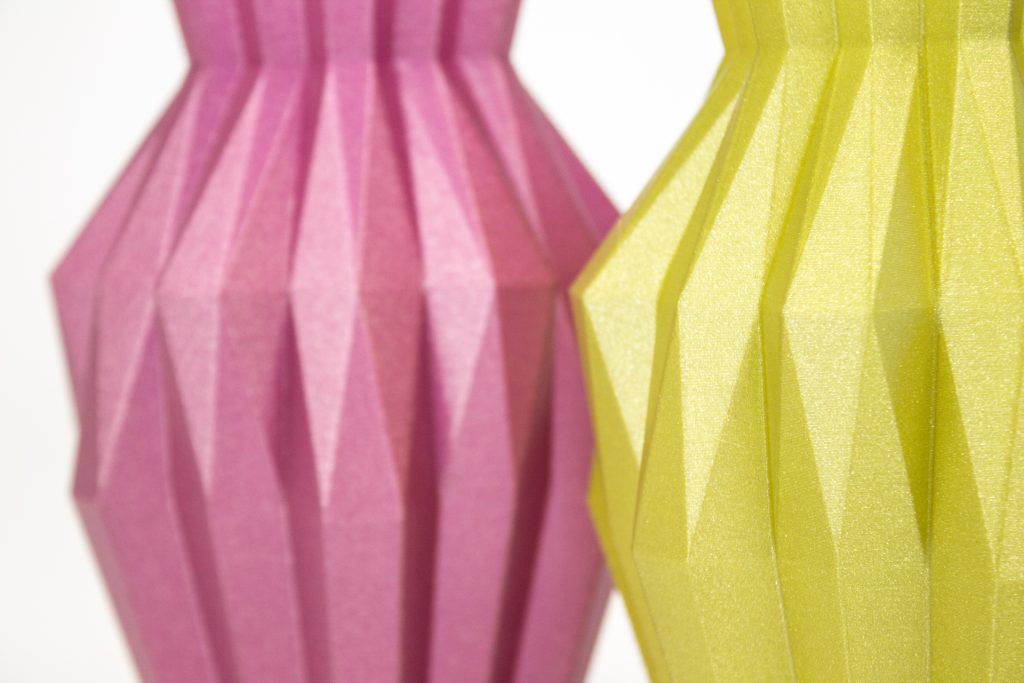 Origami Vase by Kristaps Politis (KRISP3D): https://www.thingiverse.com/thing:2500119
Origami Vase by Kristaps Politis (KRISP3D): https://www.thingiverse.com/thing:2500119
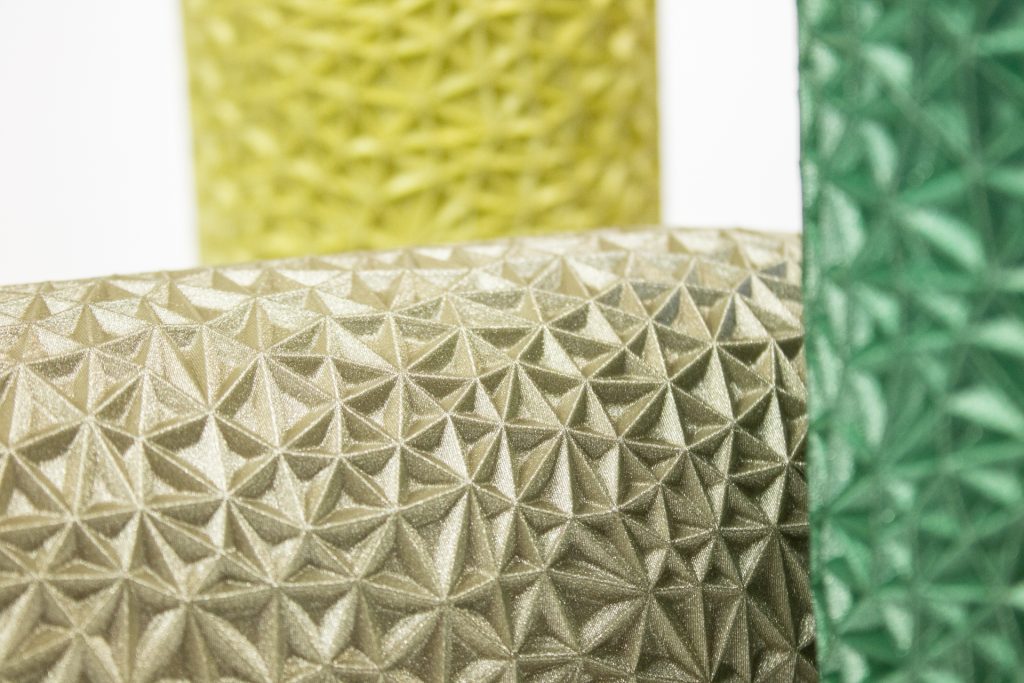
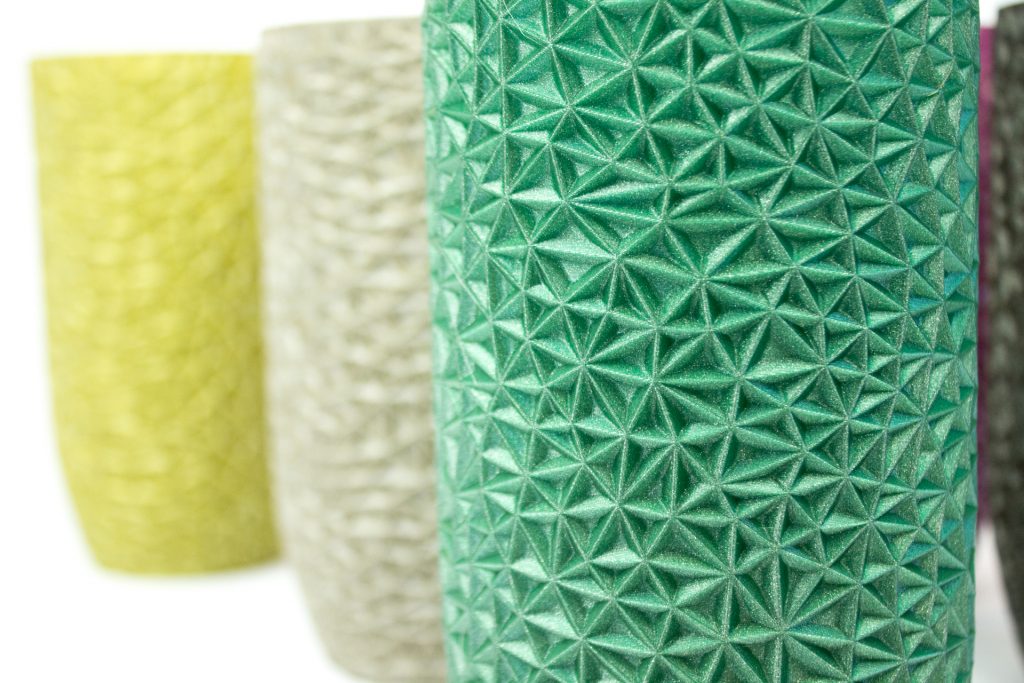

 nGen_LUX is our new standard in how a 3D printed object can look. It is the filament for the users who wants to bring something extraordinary their work. It is the filament that needs to give that added value. The “Lux” not only stands for luxurious – which is definitely the look of the prints – but also refers to the unit of illumination used worldwide. And light is what makes this filament truly special. Believe us when we say that the photos don’t do the prints real justice…
nGen_LUX is our new standard in how a 3D printed object can look. It is the filament for the users who wants to bring something extraordinary their work. It is the filament that needs to give that added value. The “Lux” not only stands for luxurious – which is definitely the look of the prints – but also refers to the unit of illumination used worldwide. And light is what makes this filament truly special. Believe us when we say that the photos don’t do the prints real justice…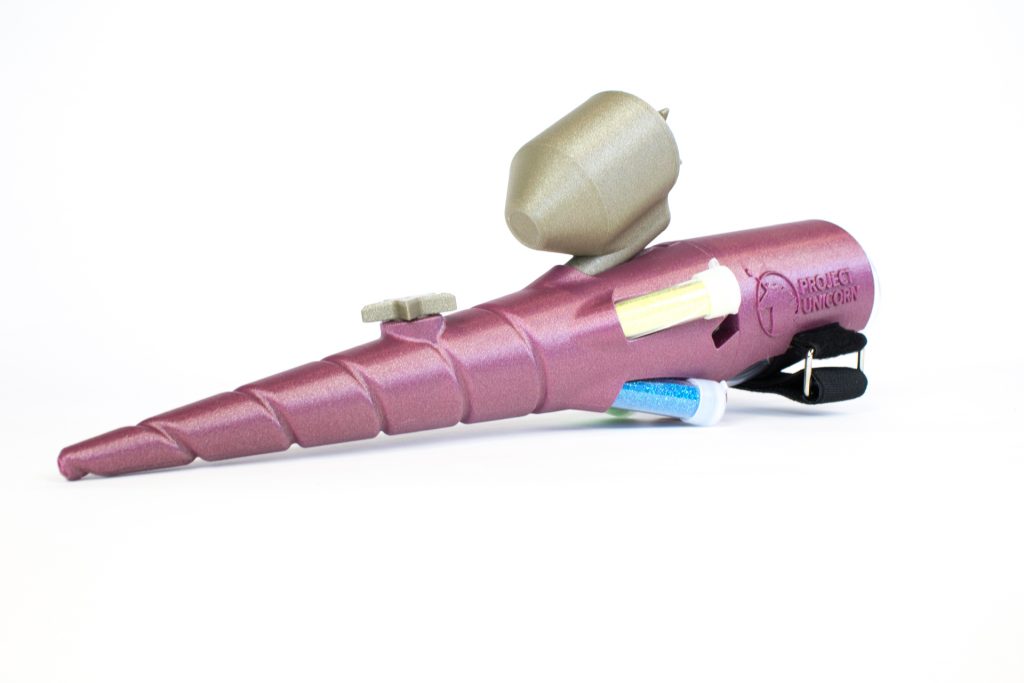 Project Unicorn. Original post: https://learn.colorfabb.com/project-unicorn/
Project Unicorn. Original post: https://learn.colorfabb.com/project-unicorn/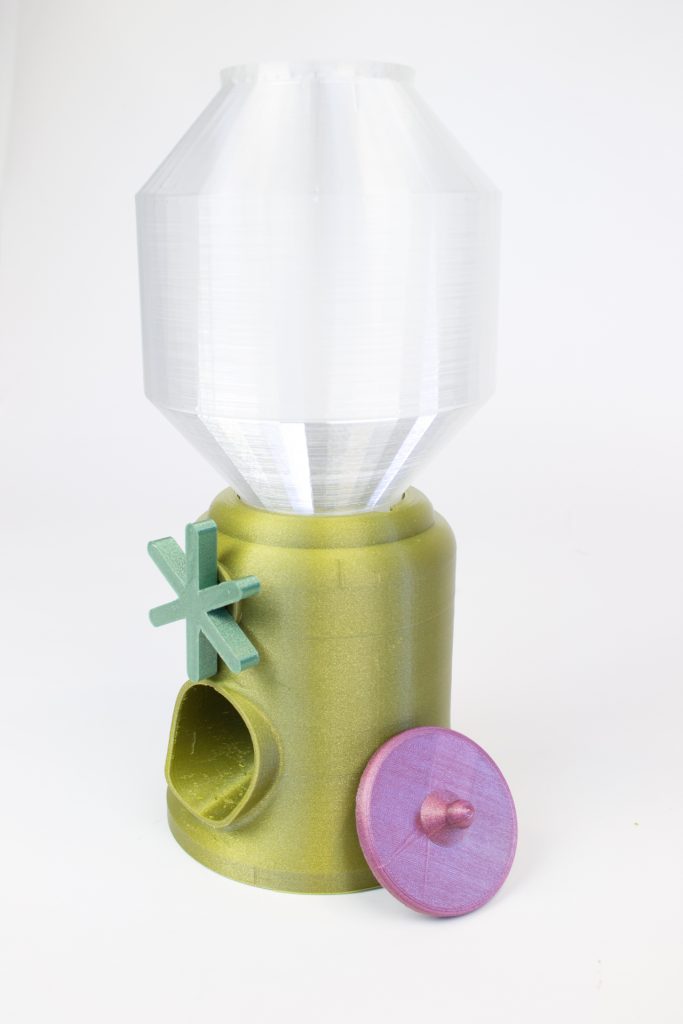 Candy dispenser. Original post: https://learn.colorfabb.com/candy-dispenser/
Candy dispenser. Original post: https://learn.colorfabb.com/candy-dispenser/